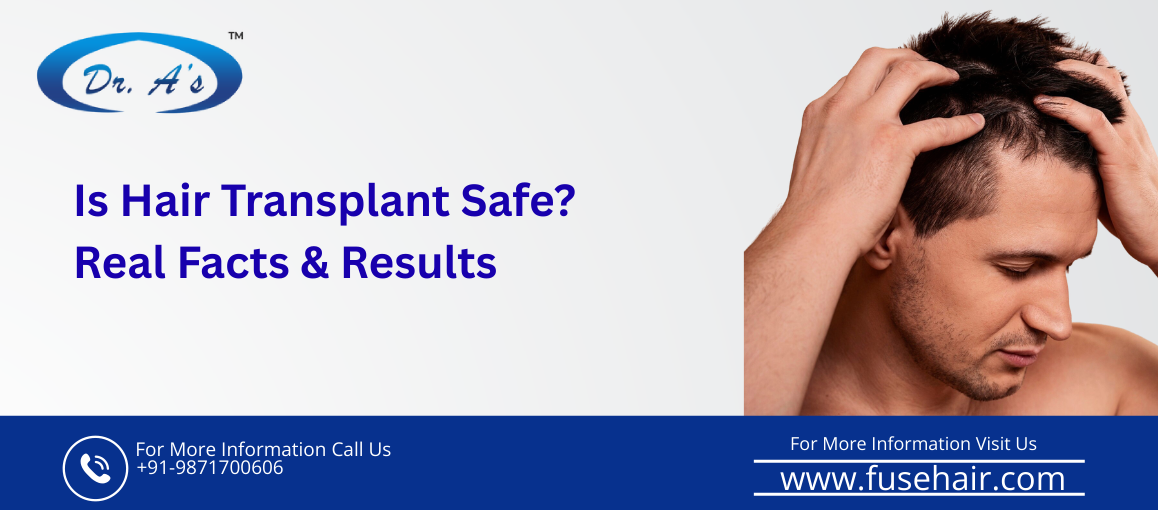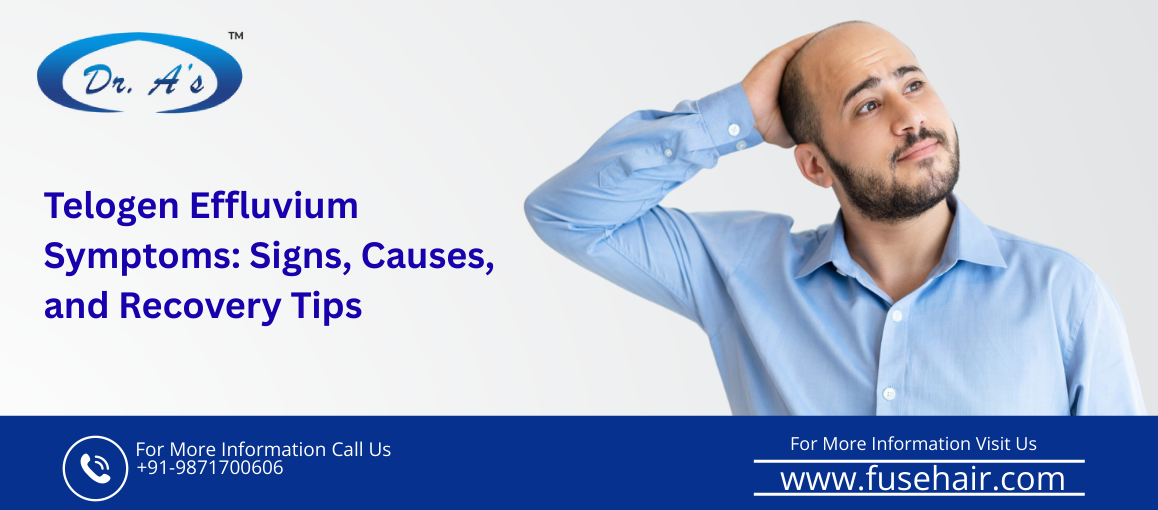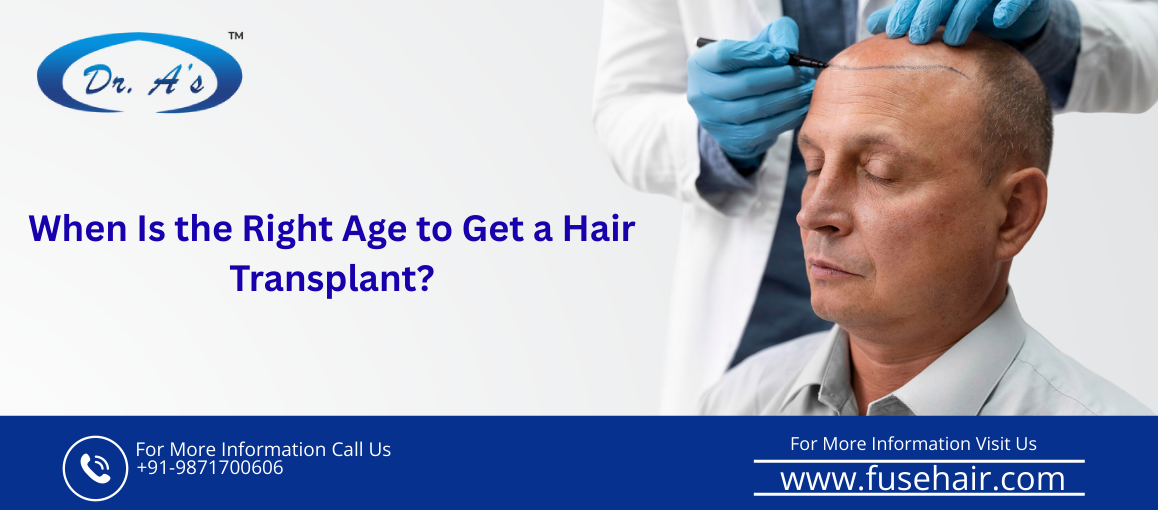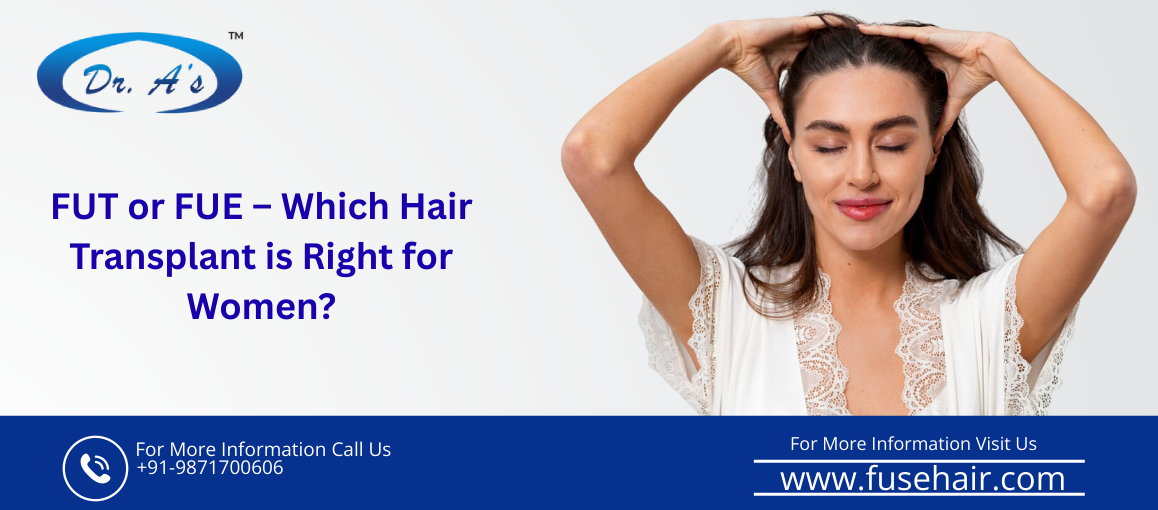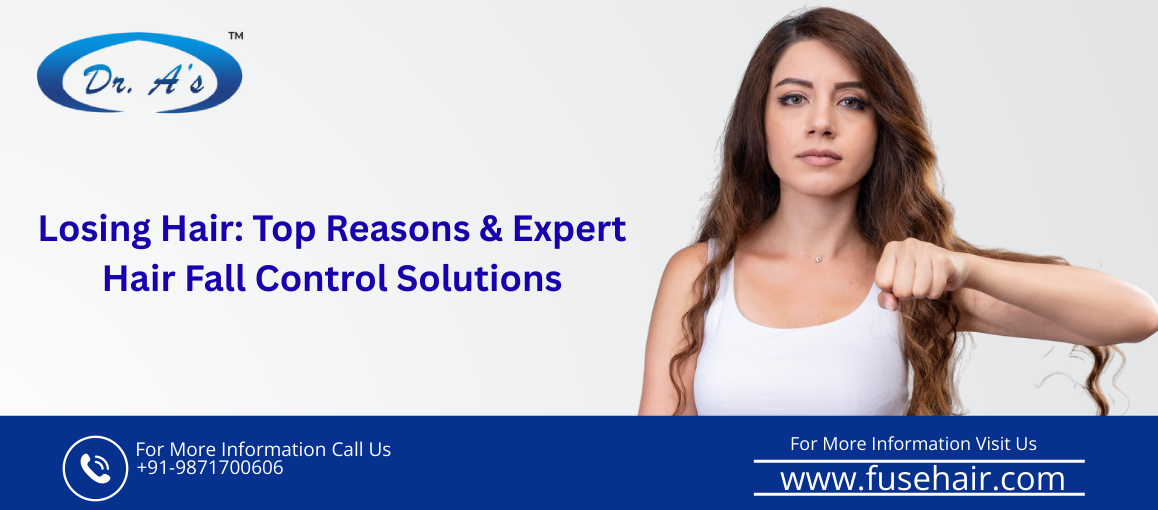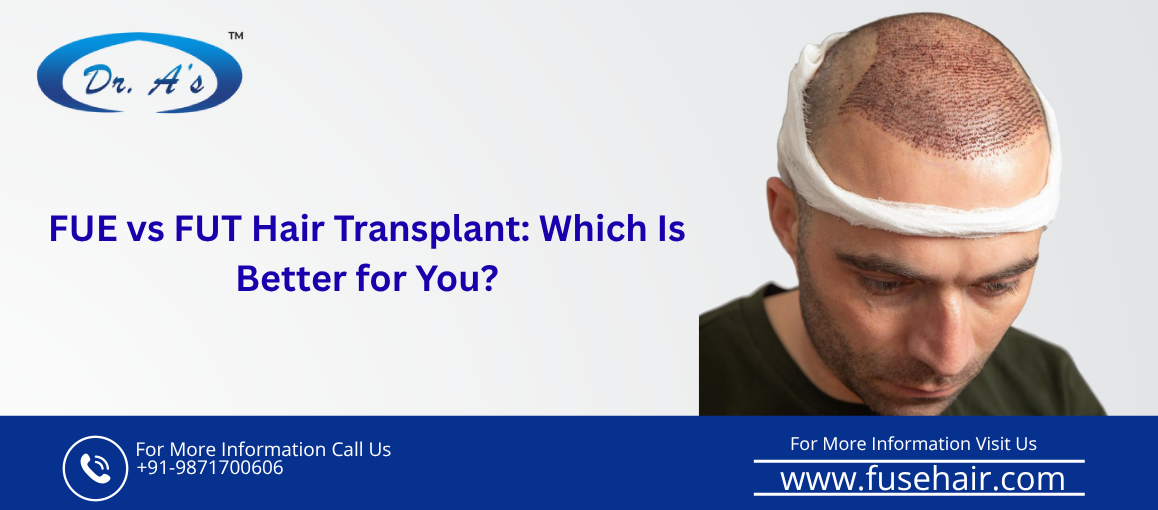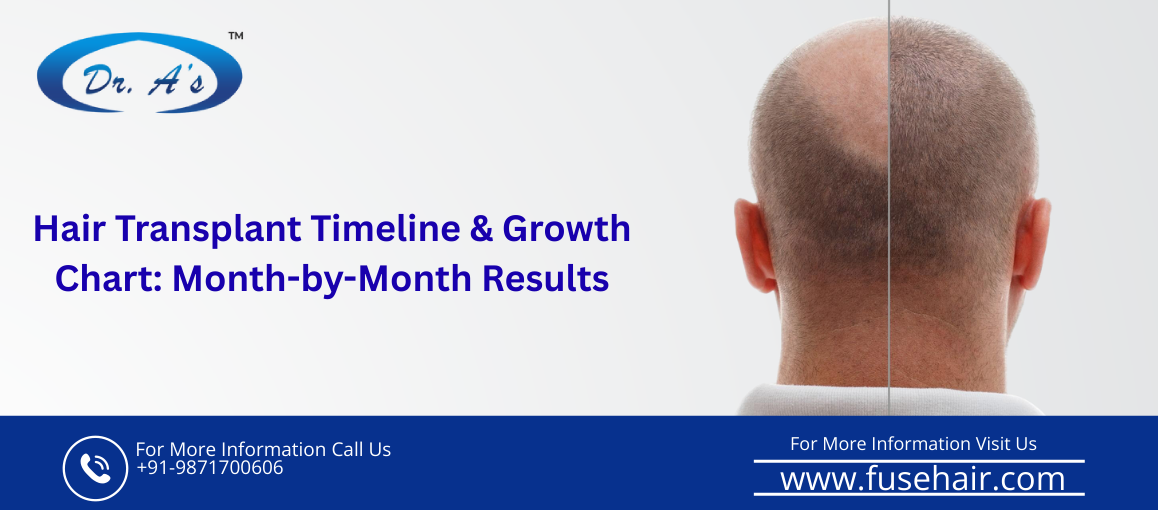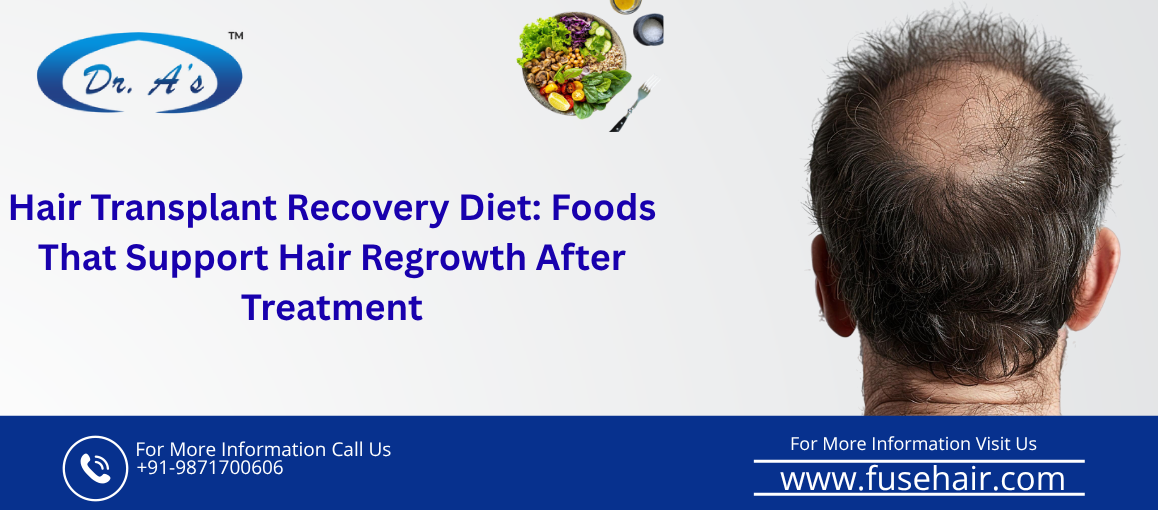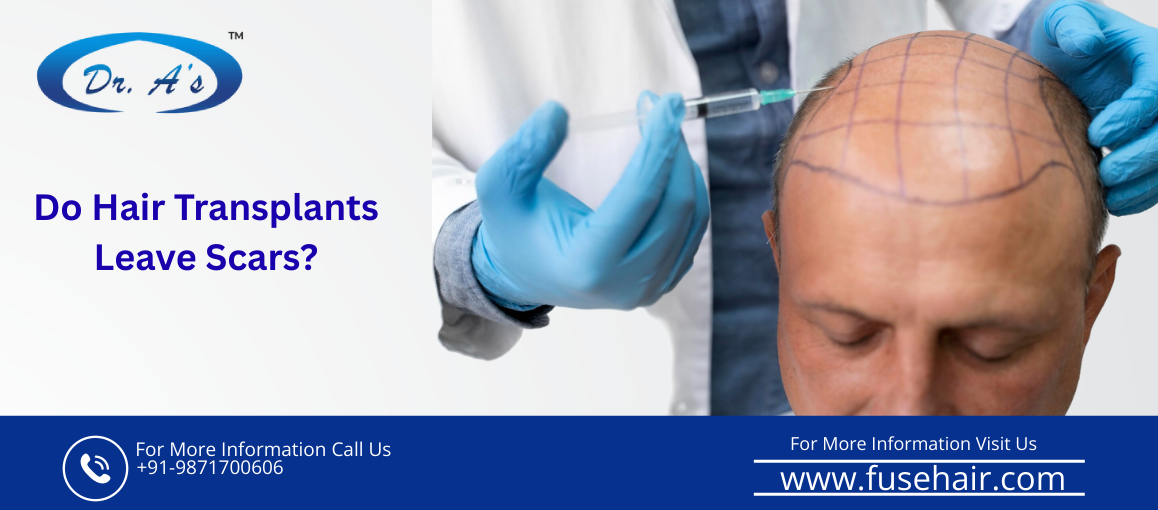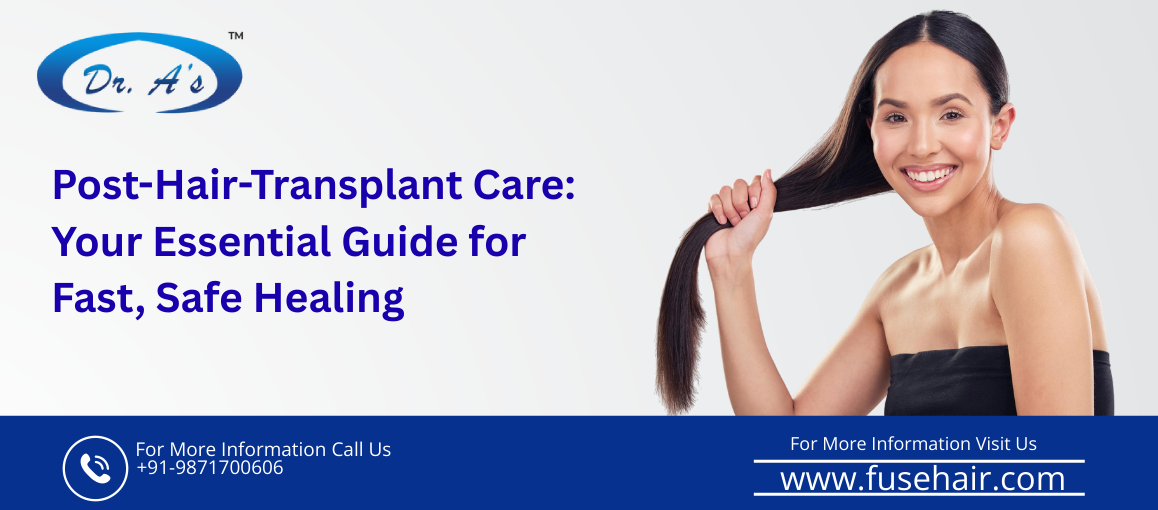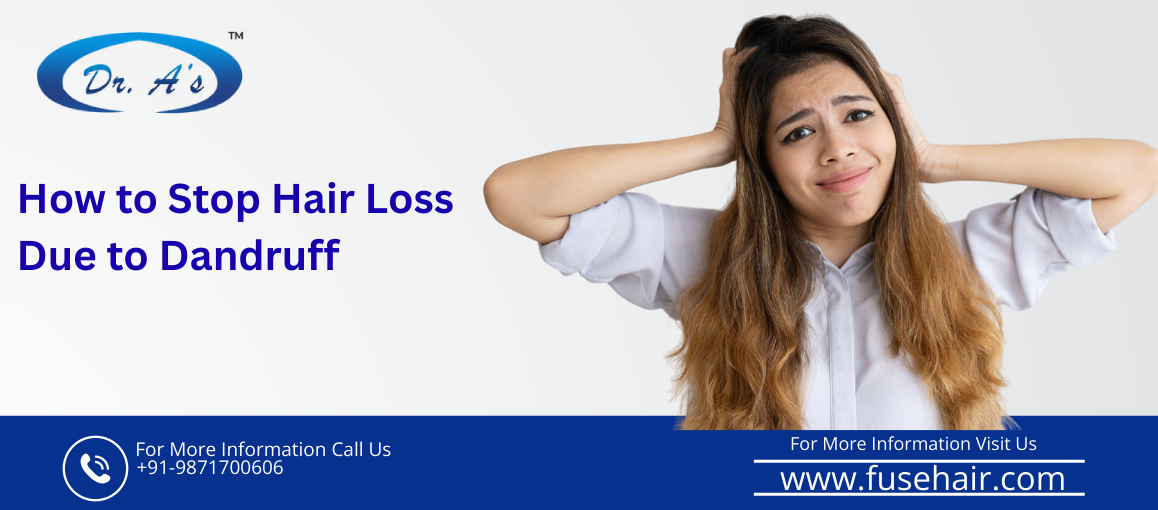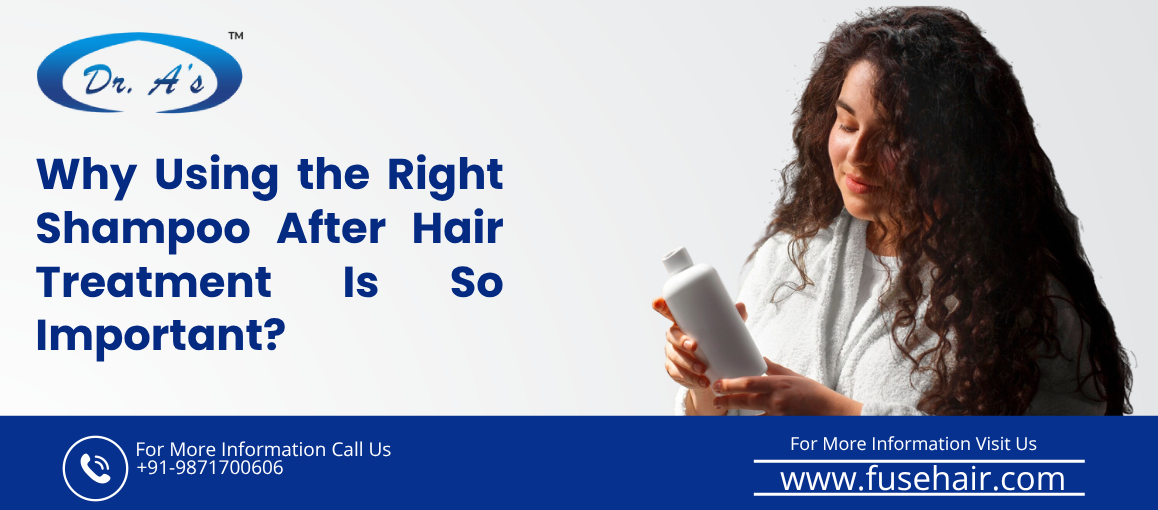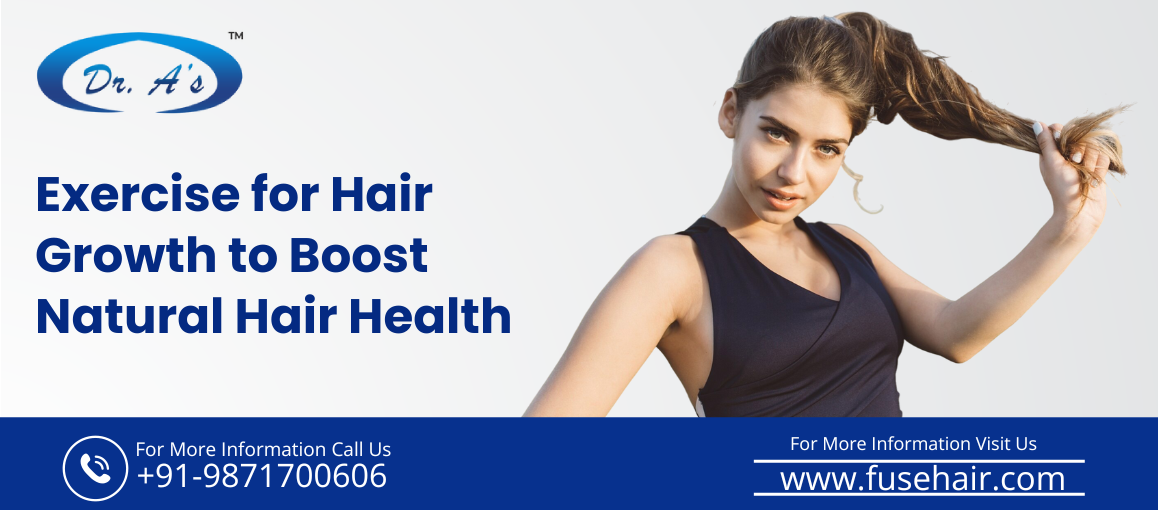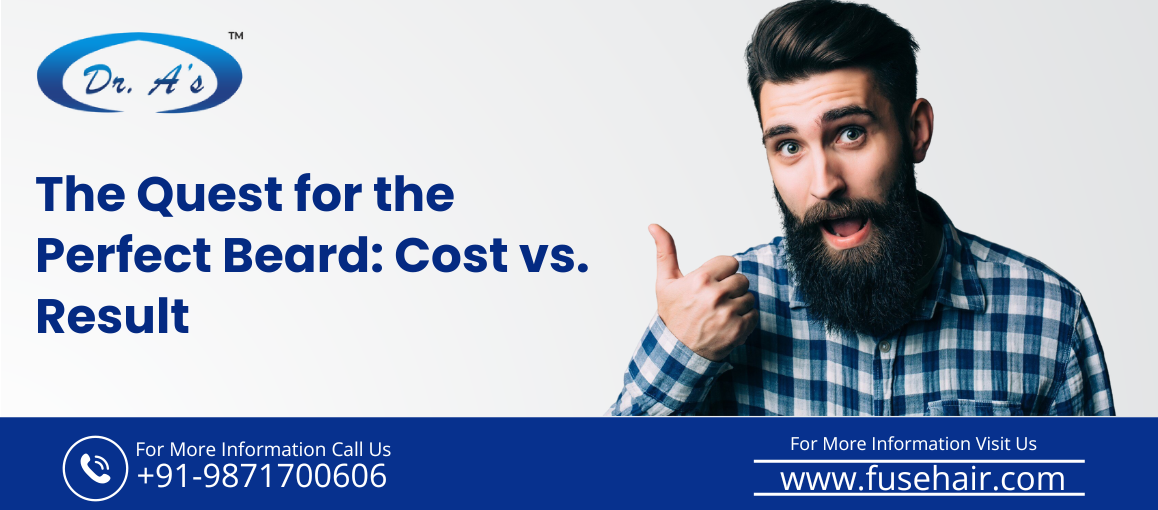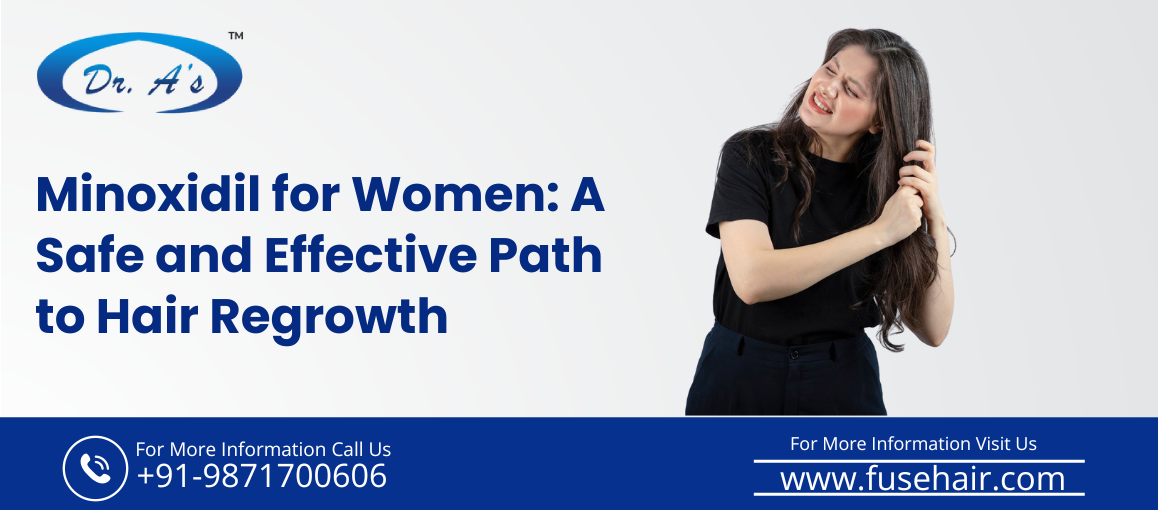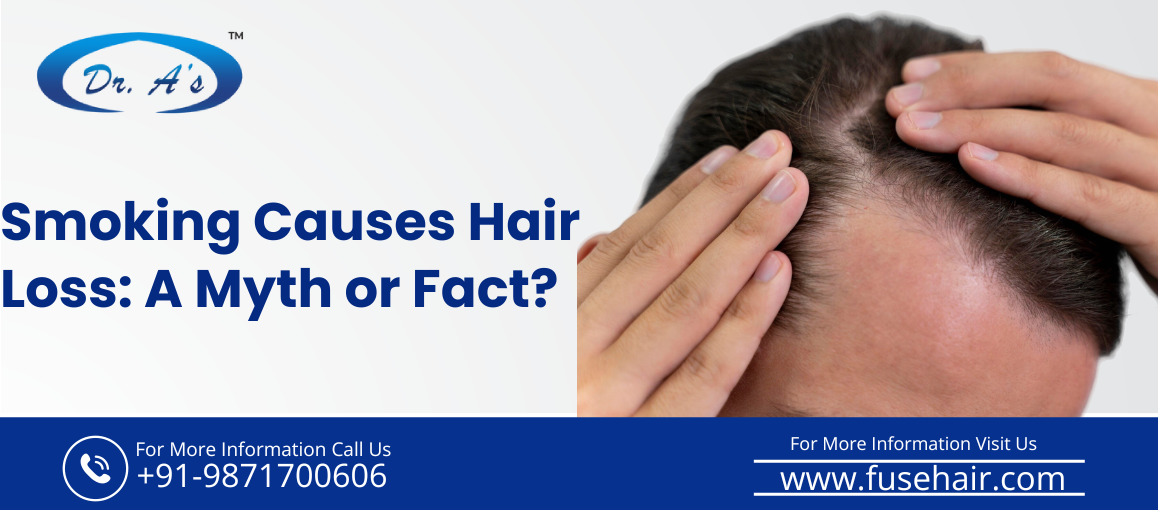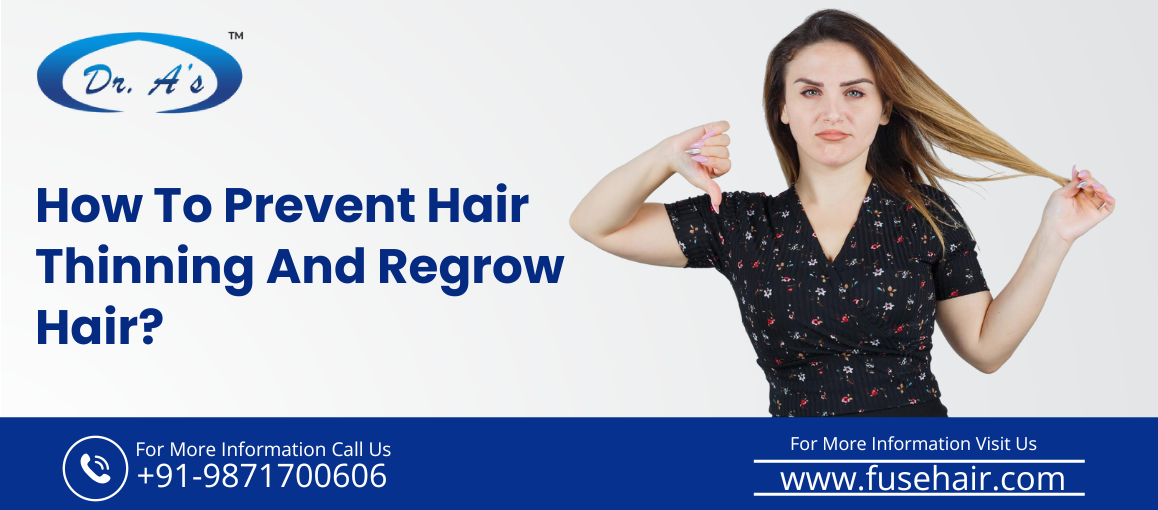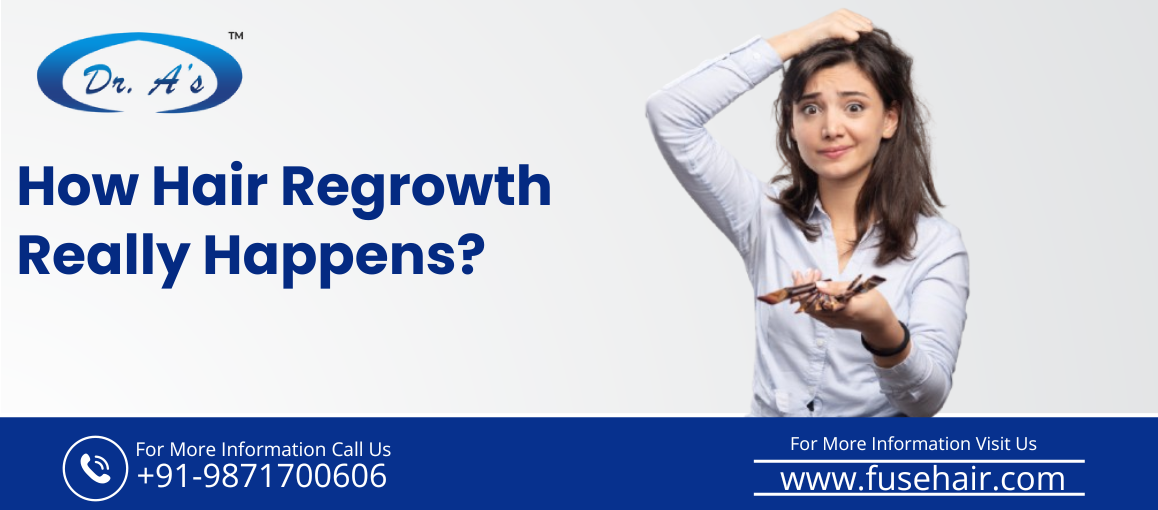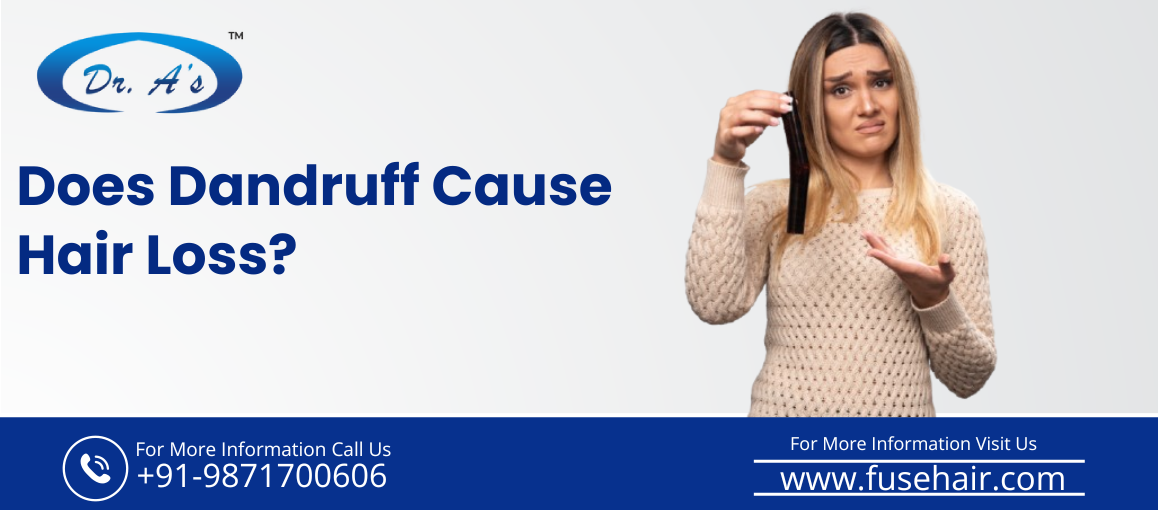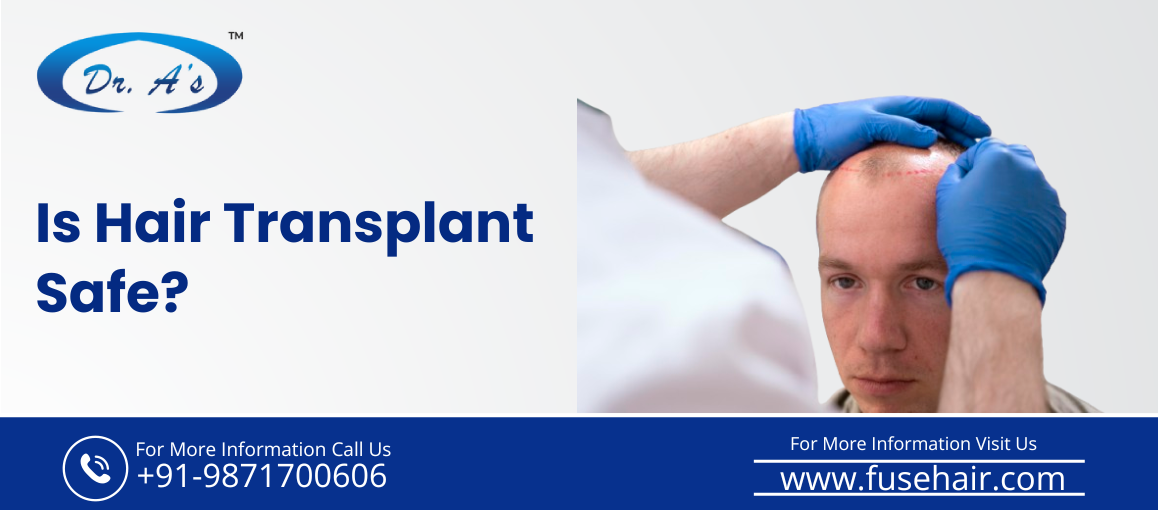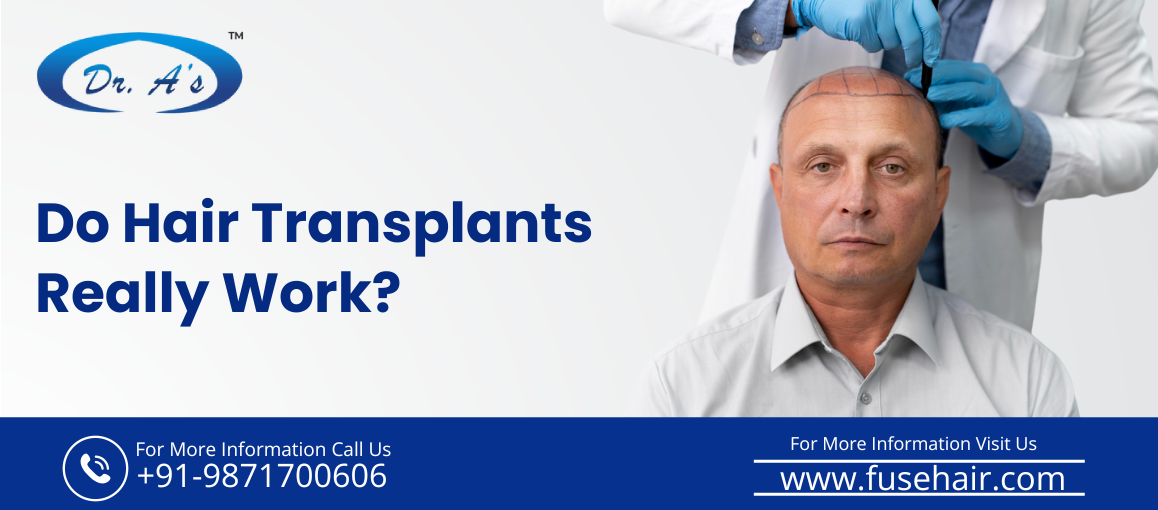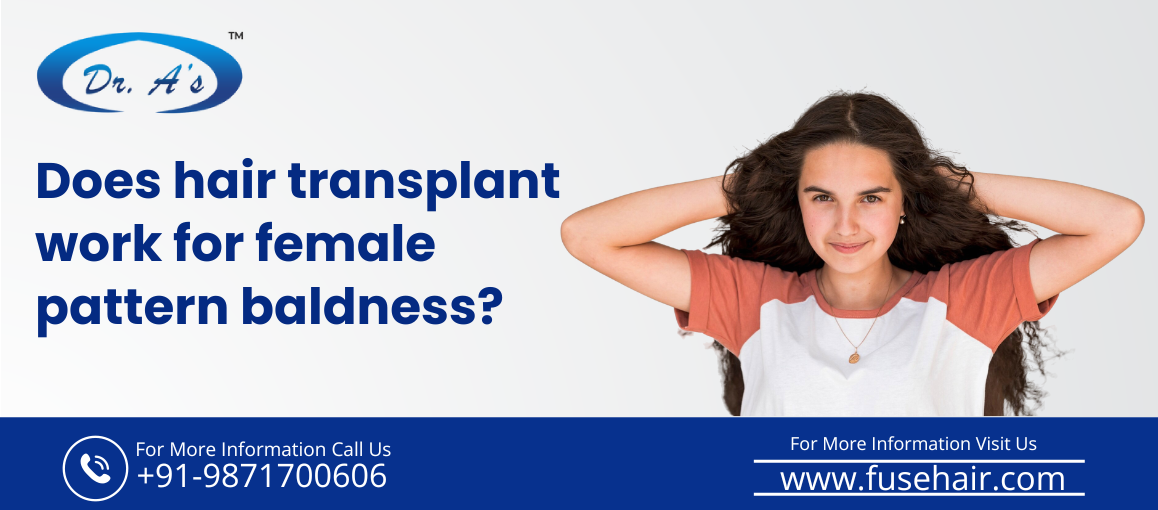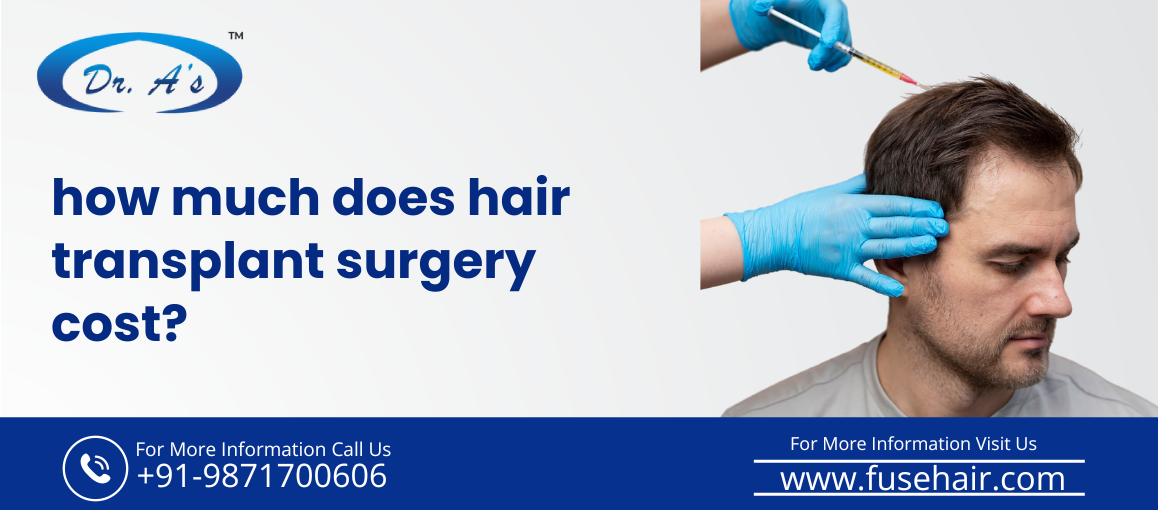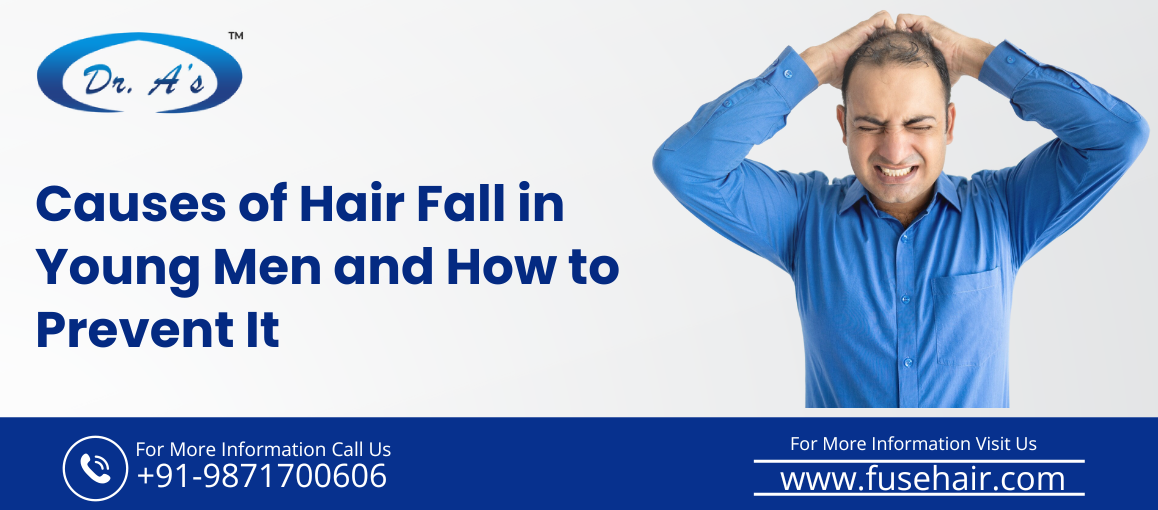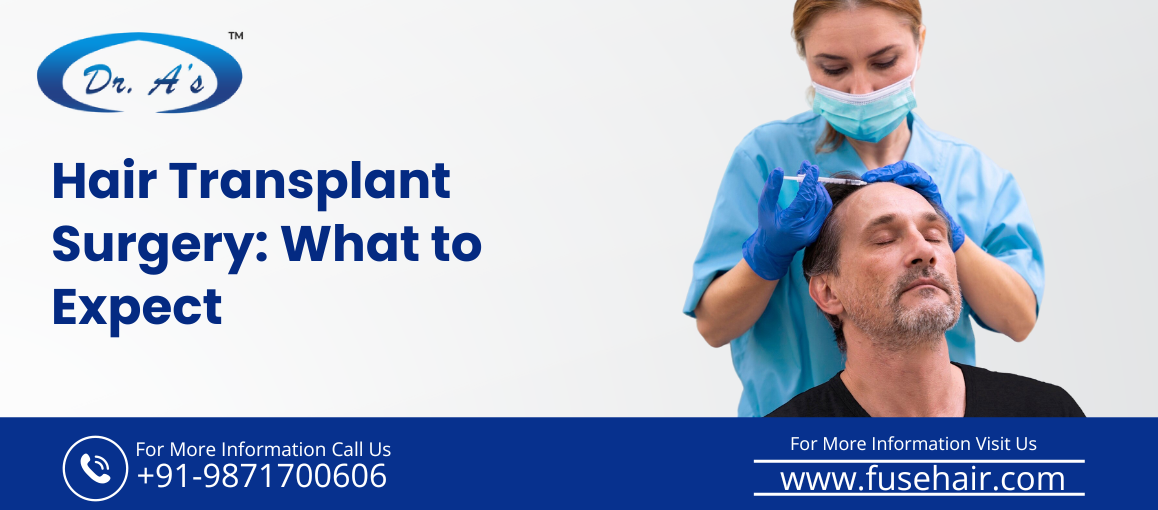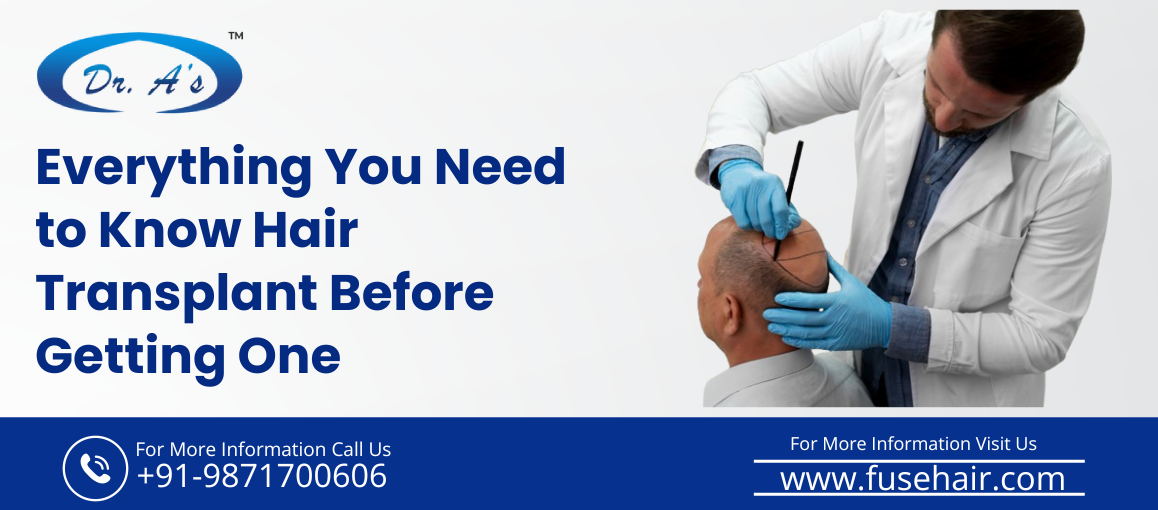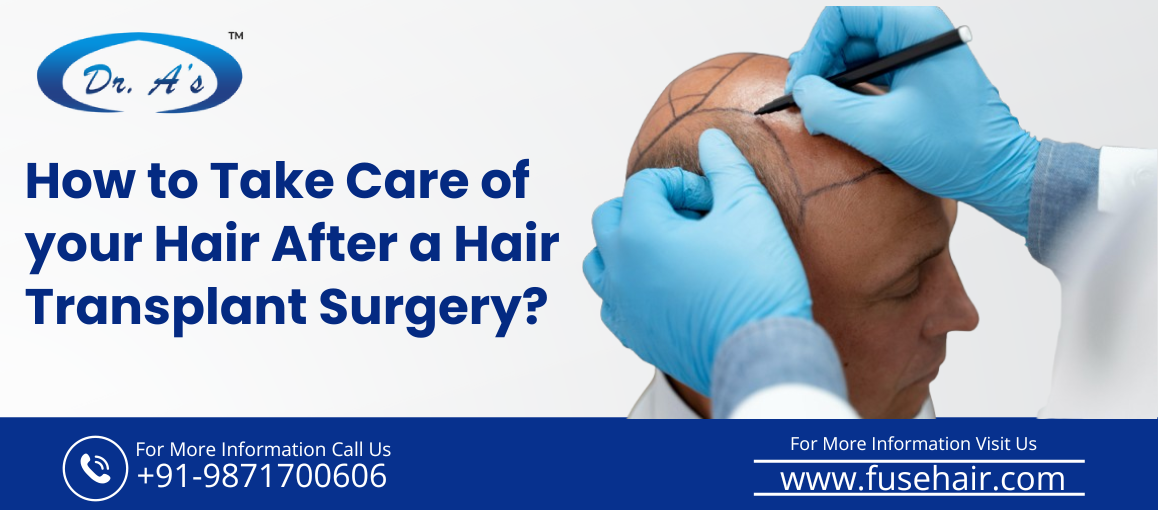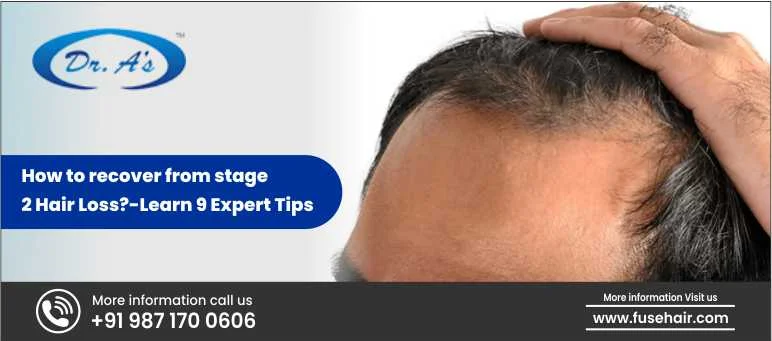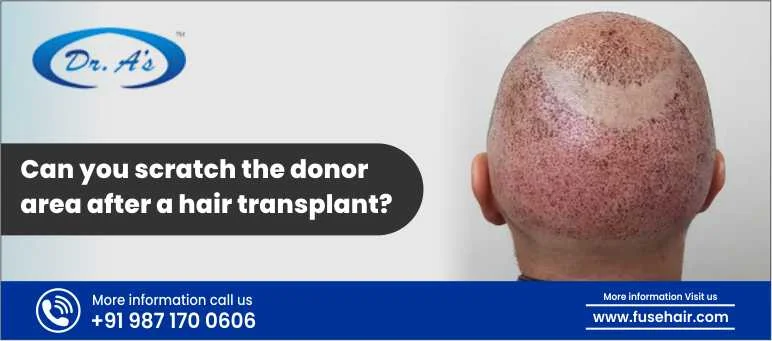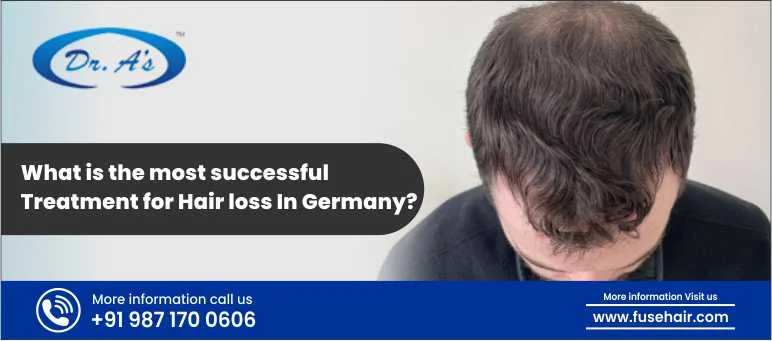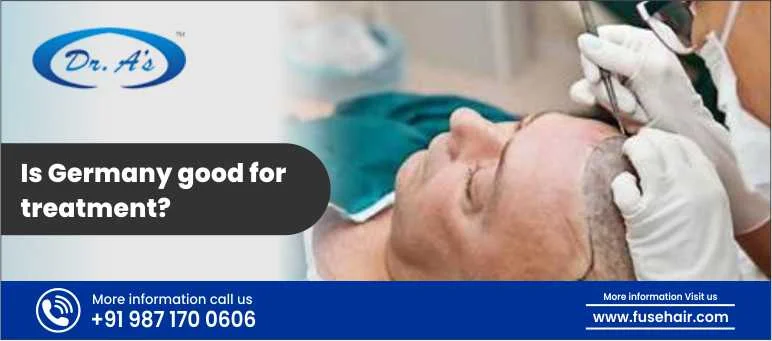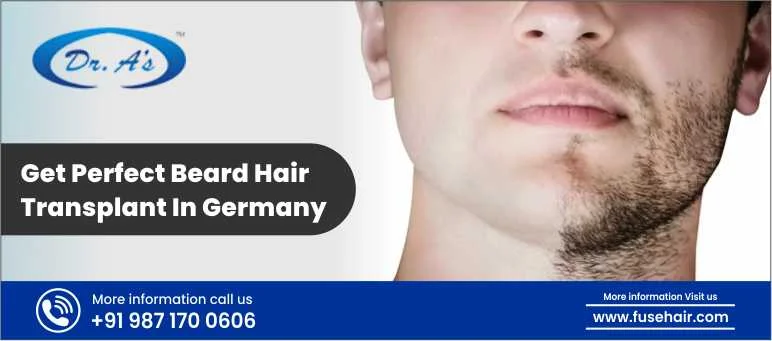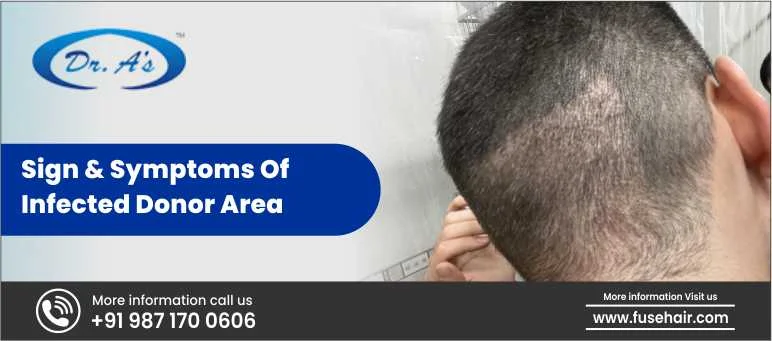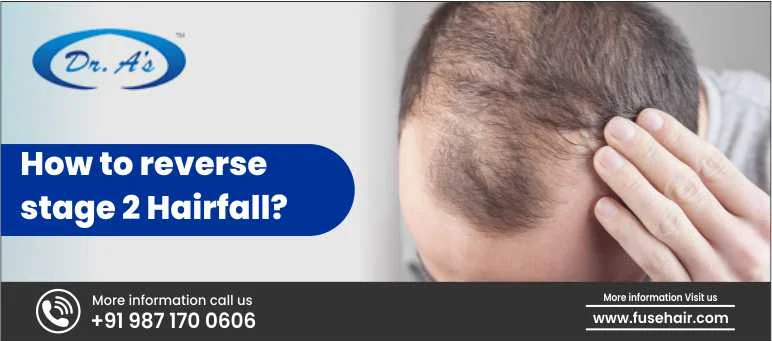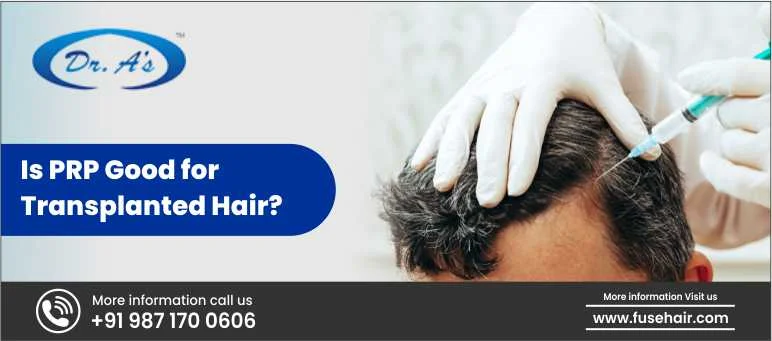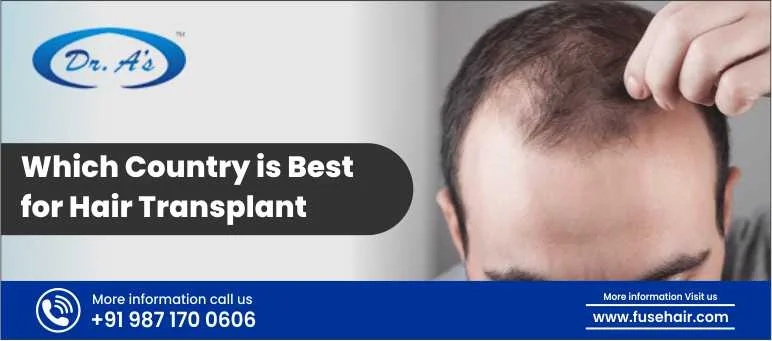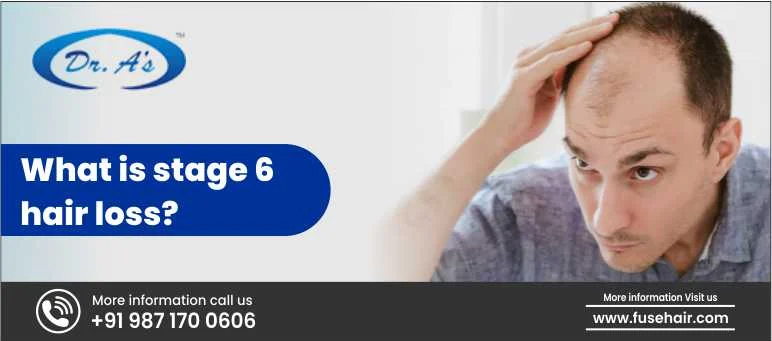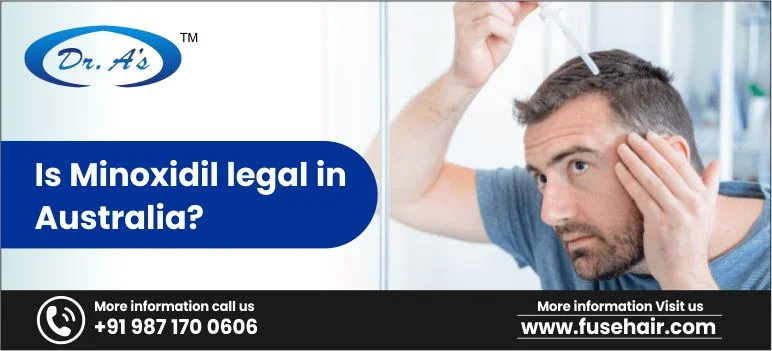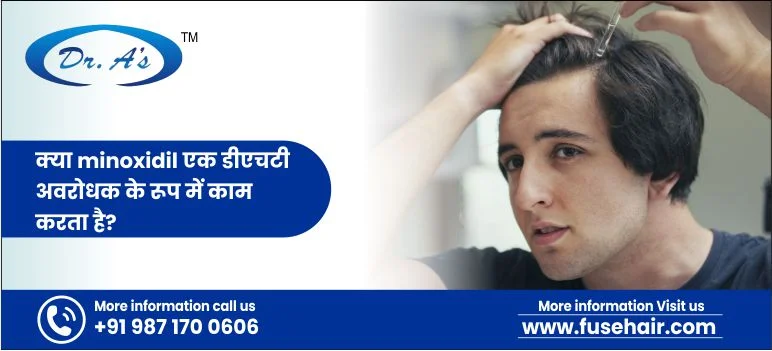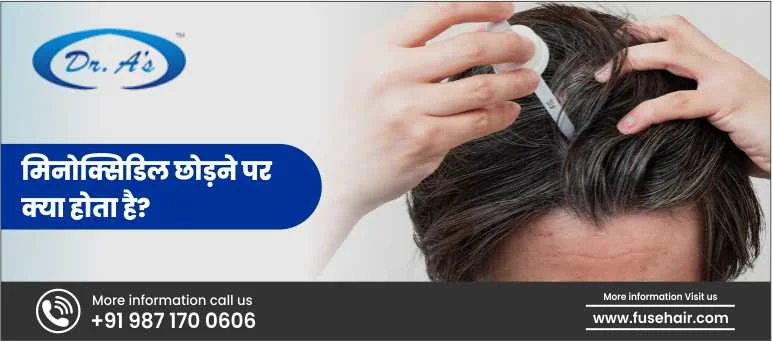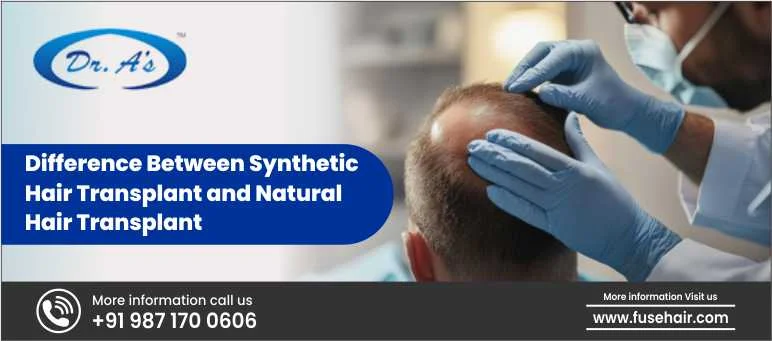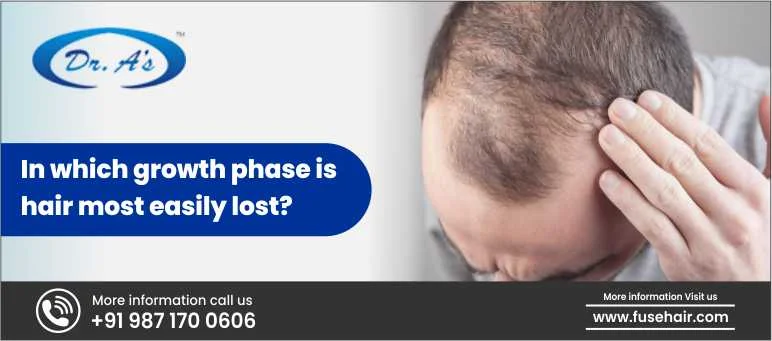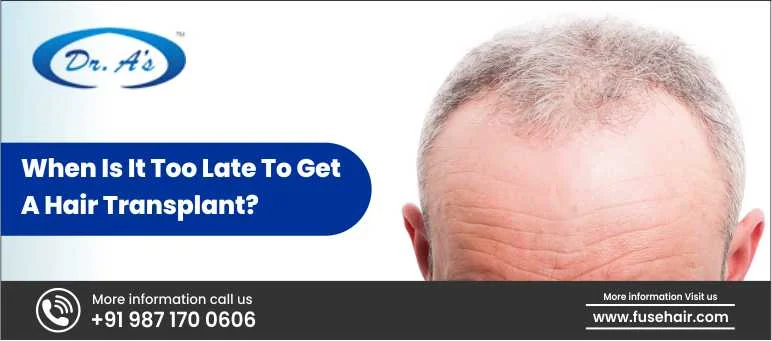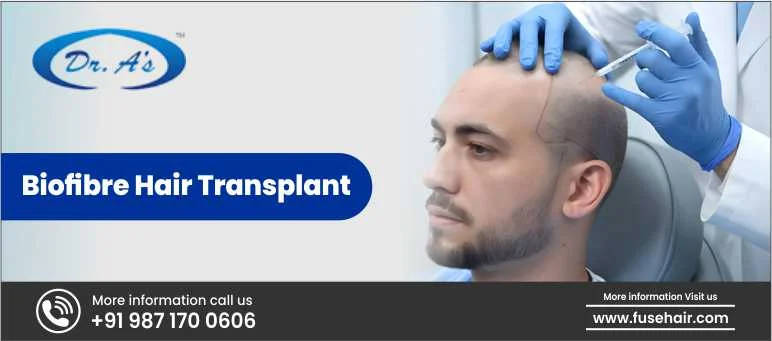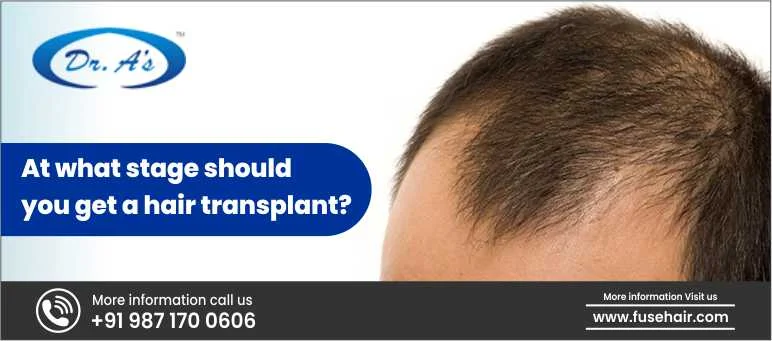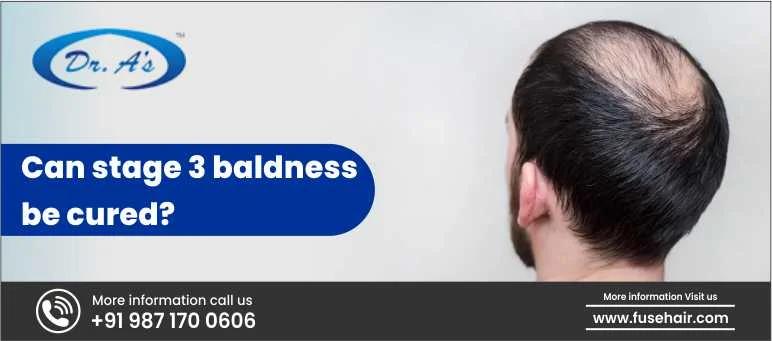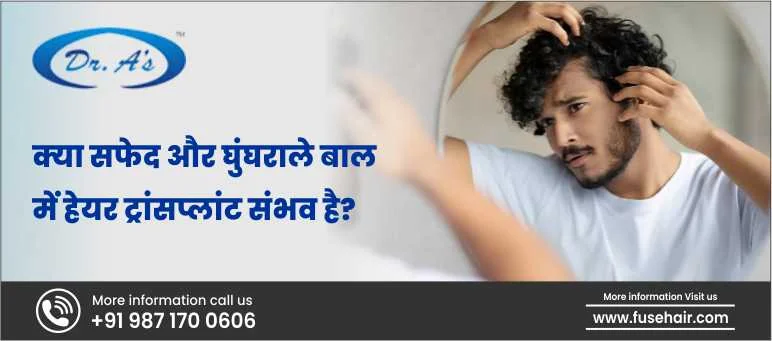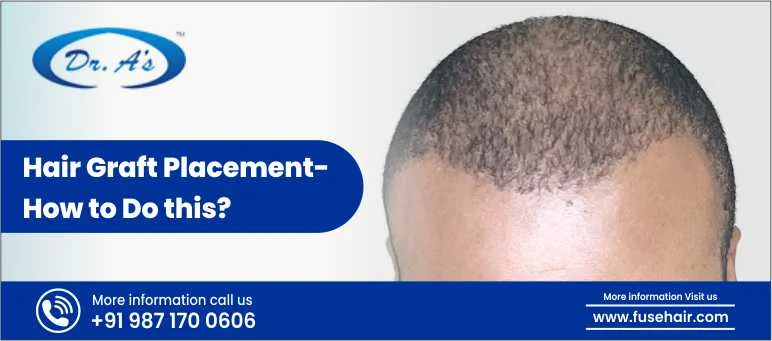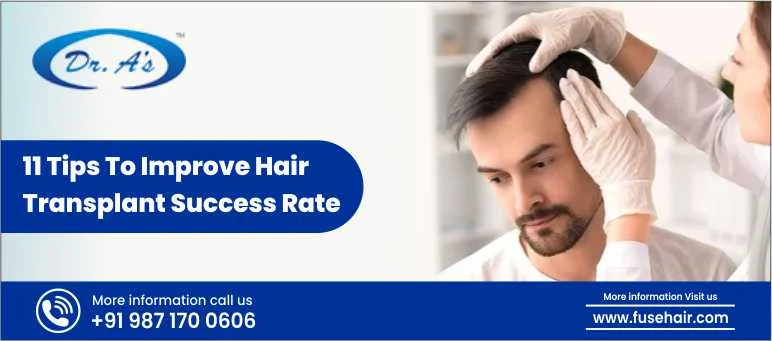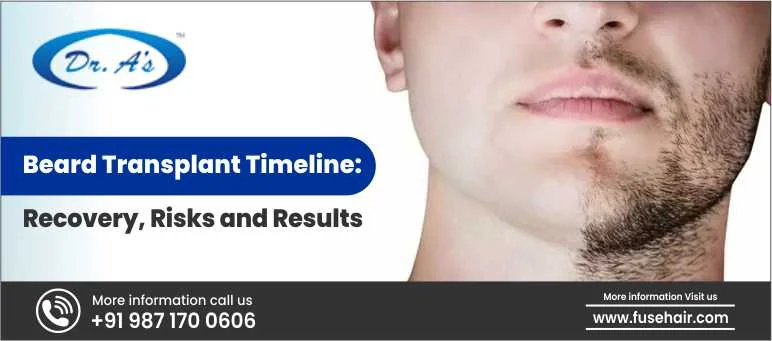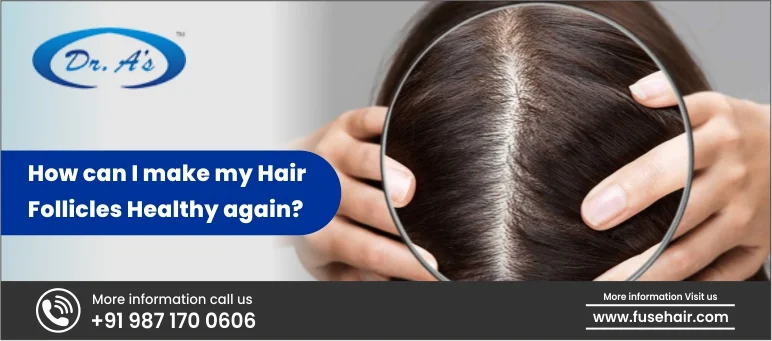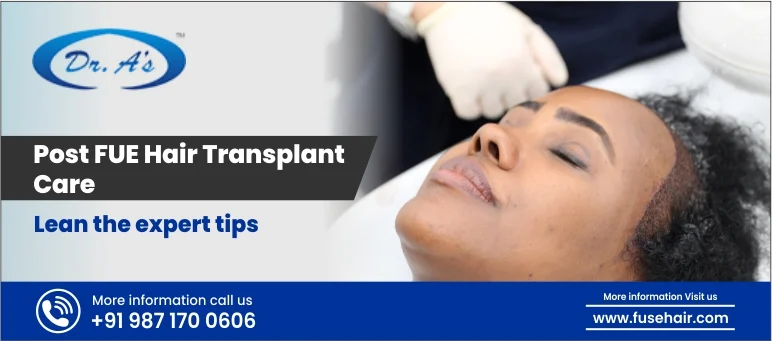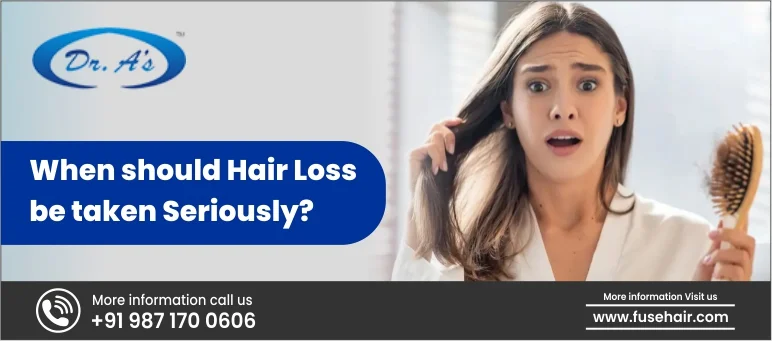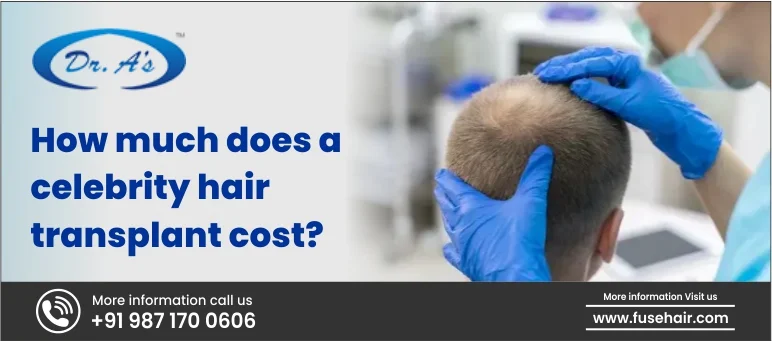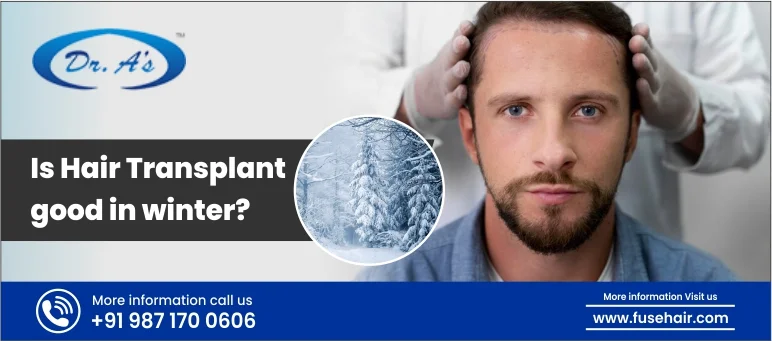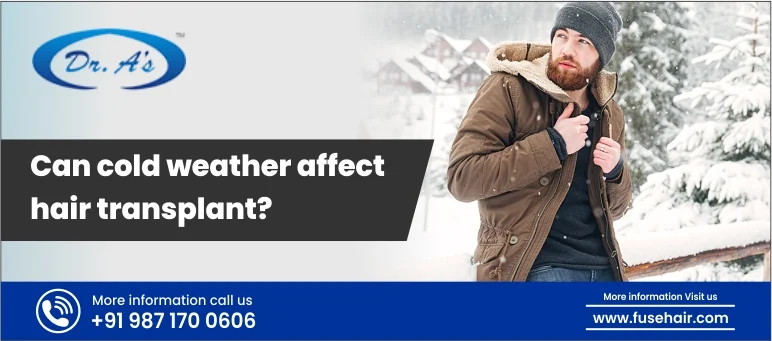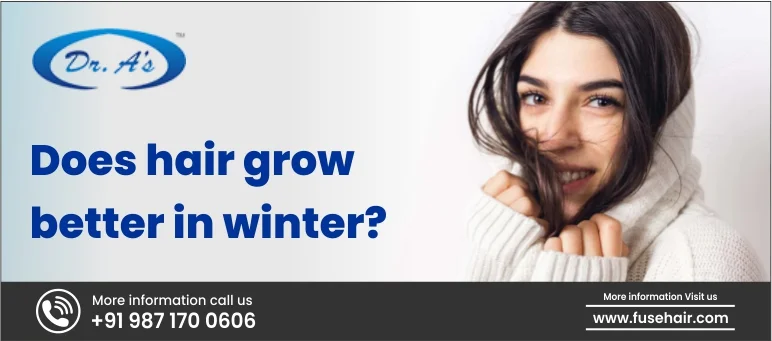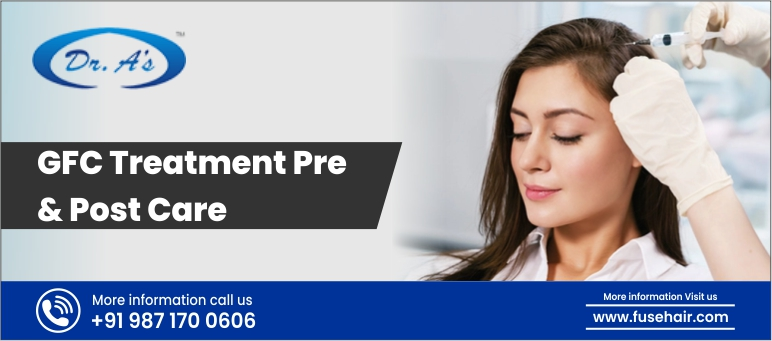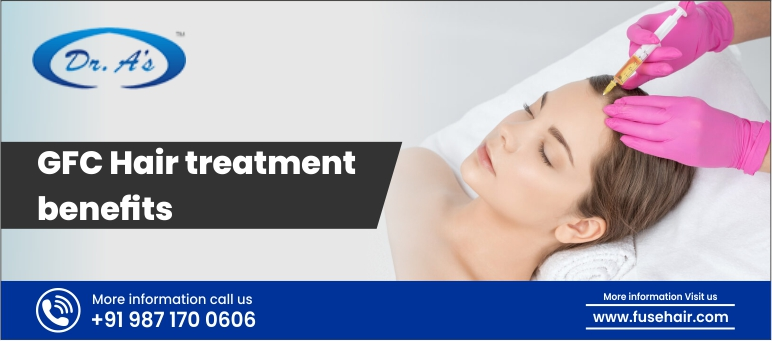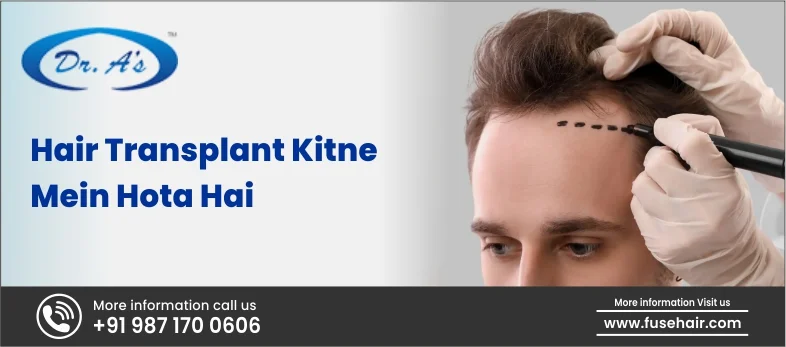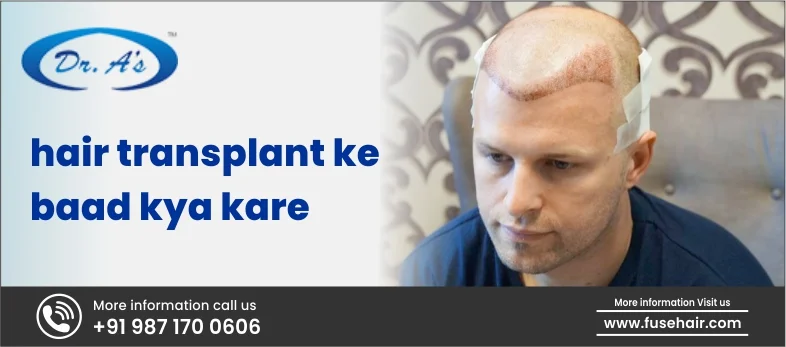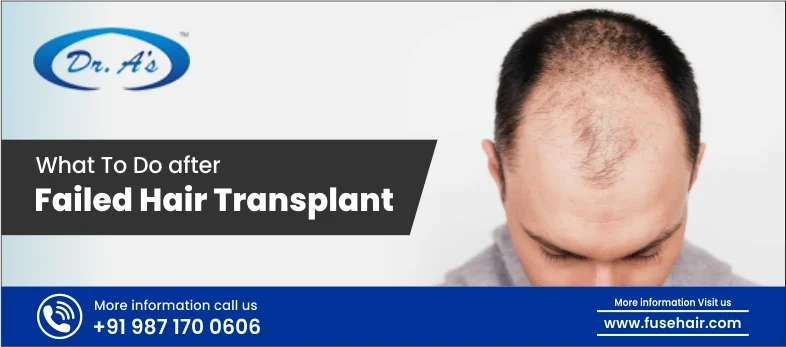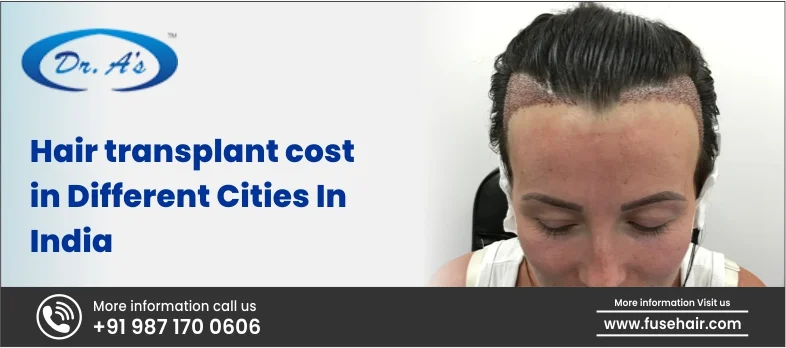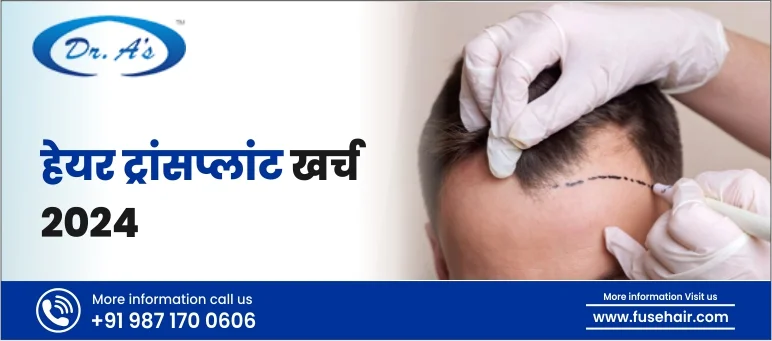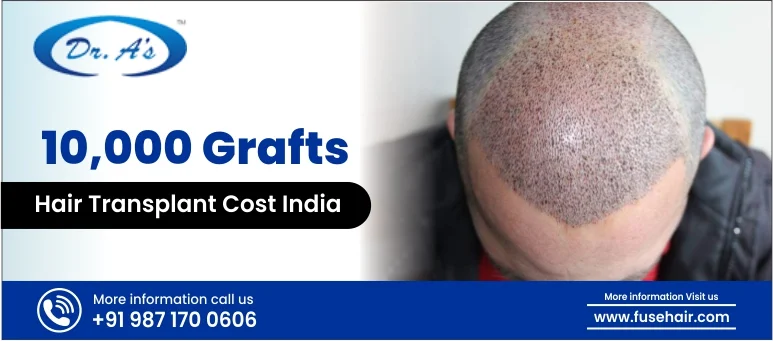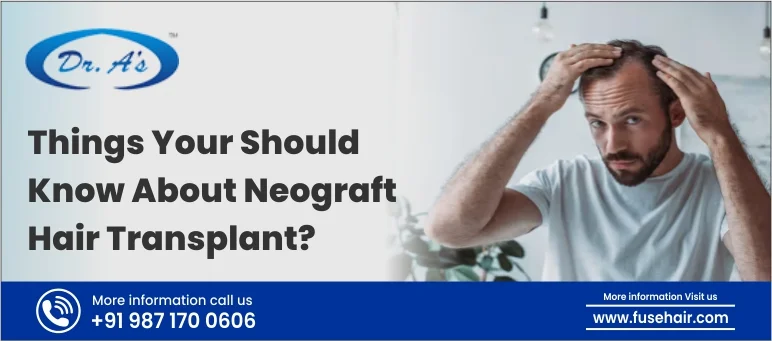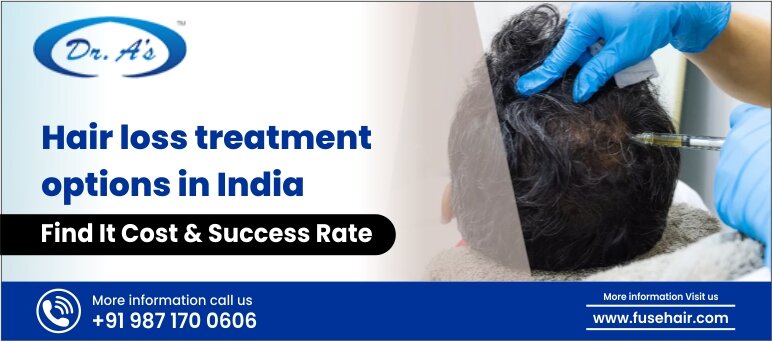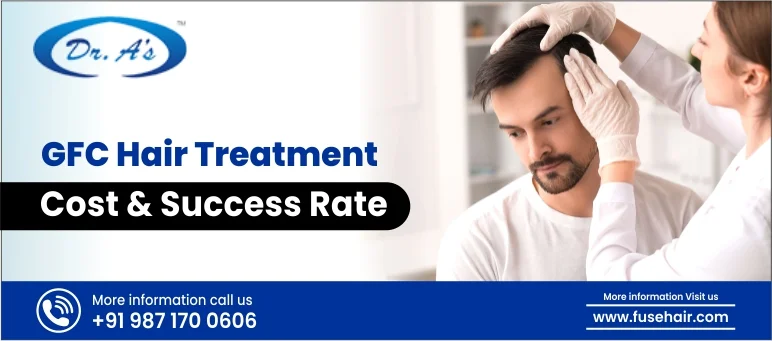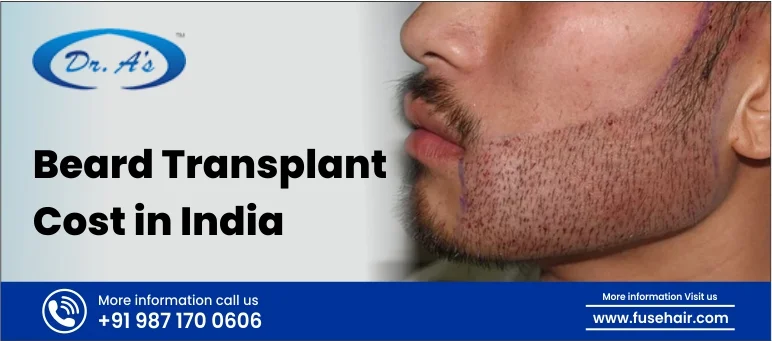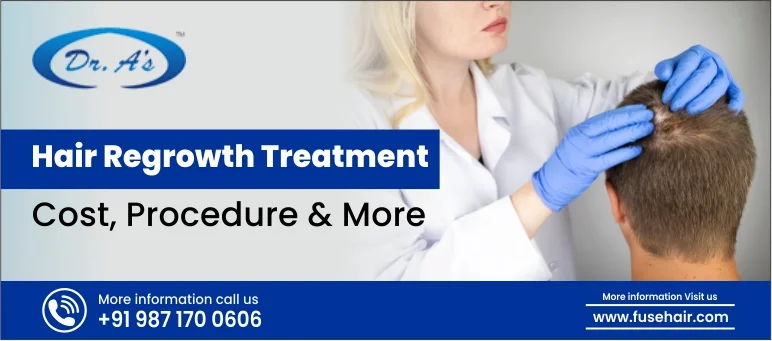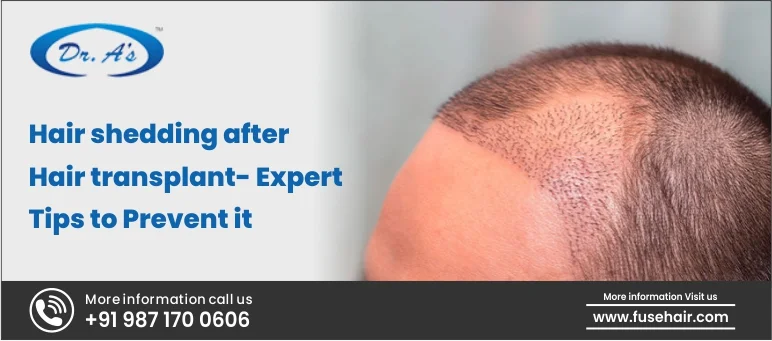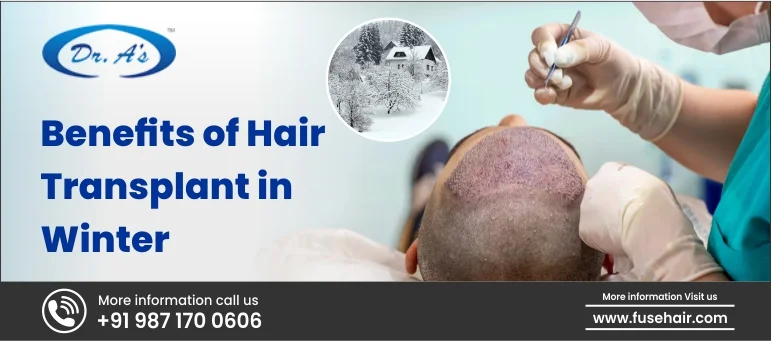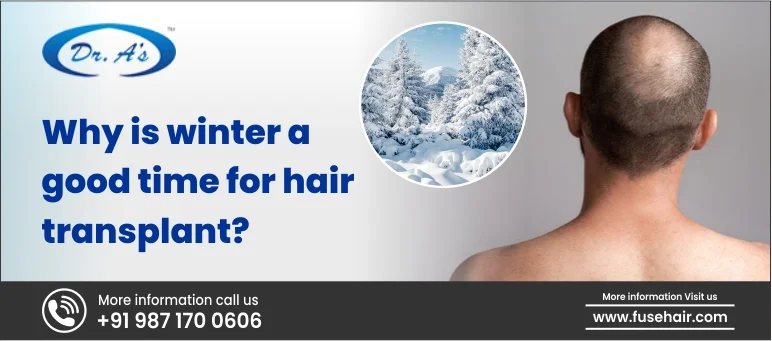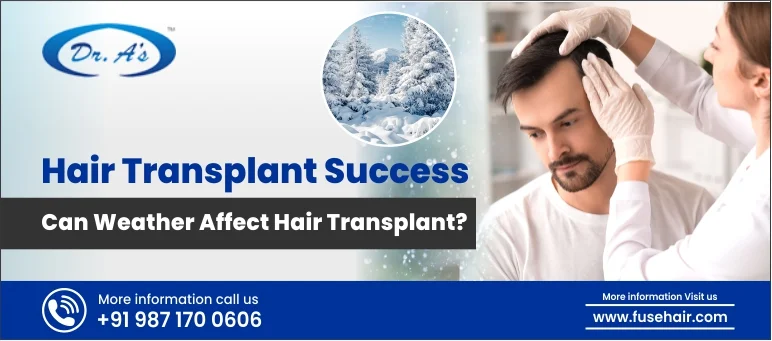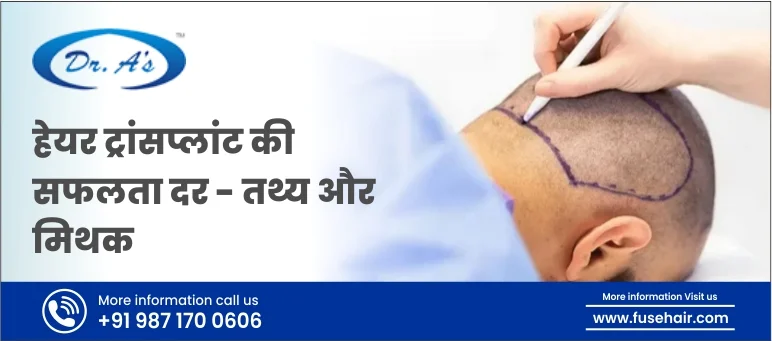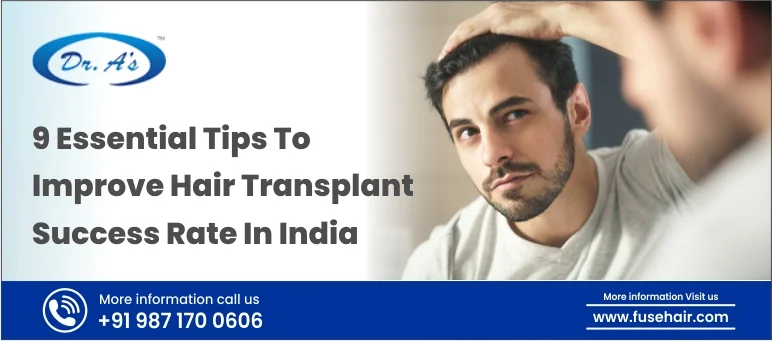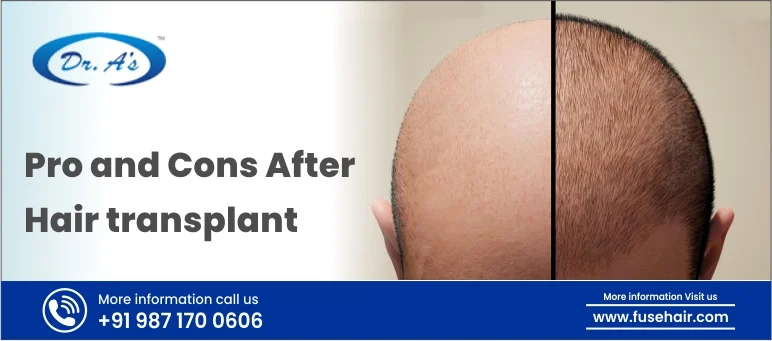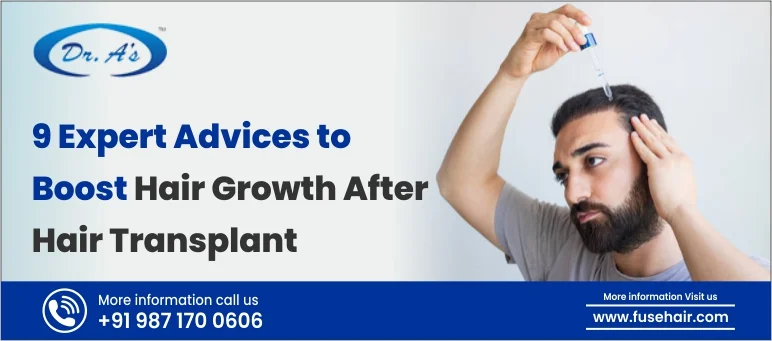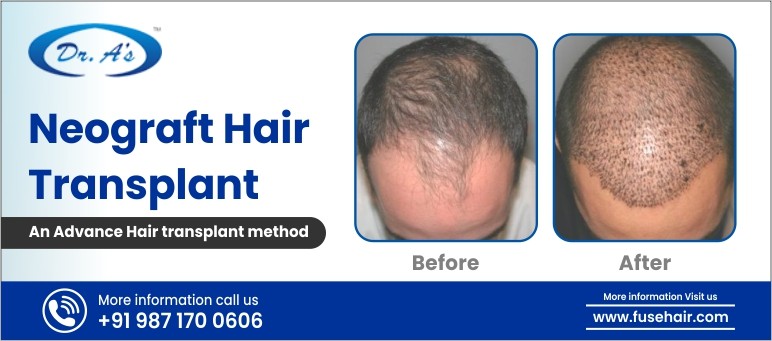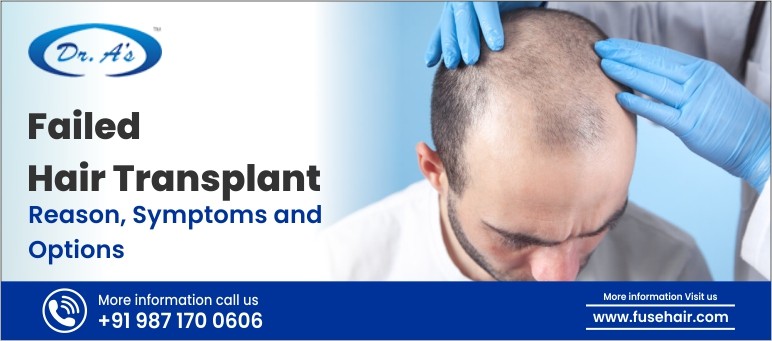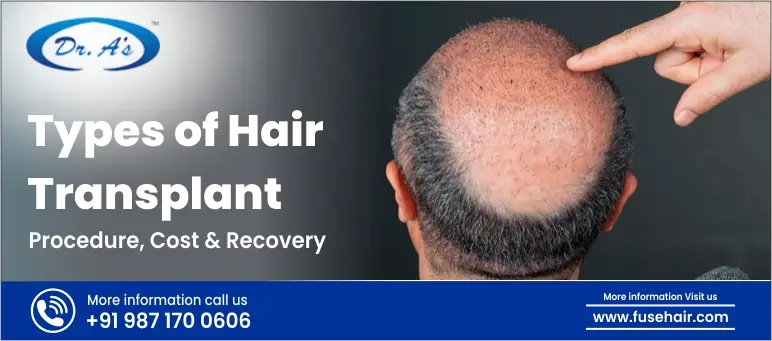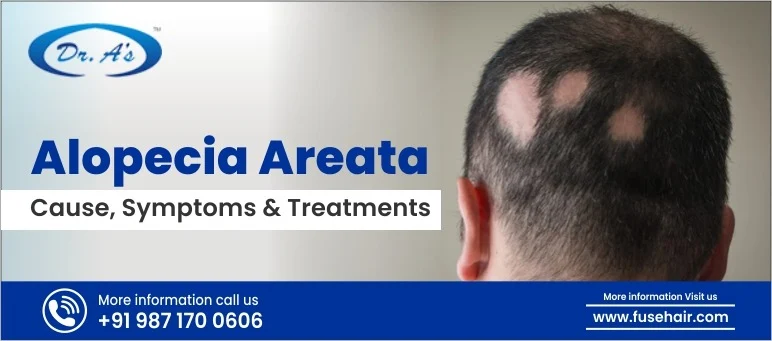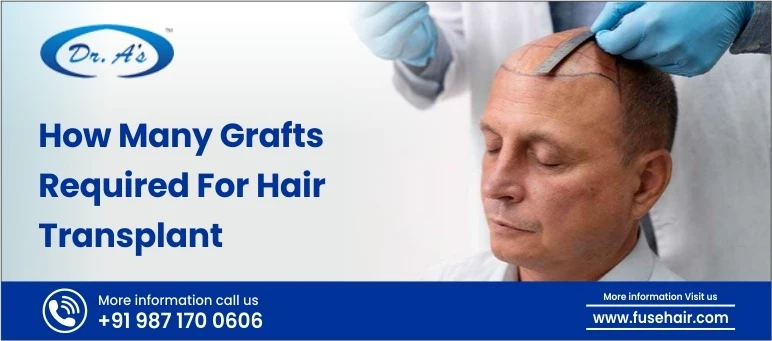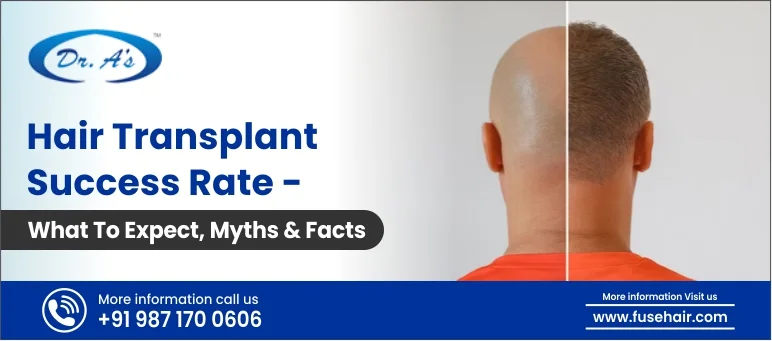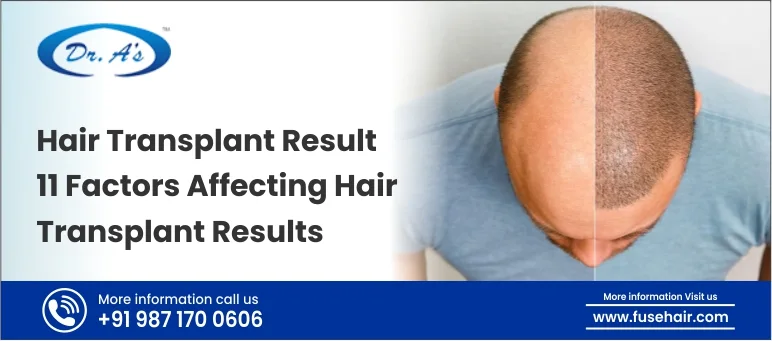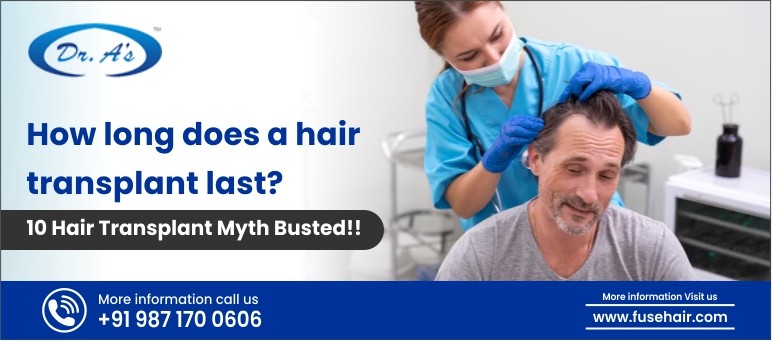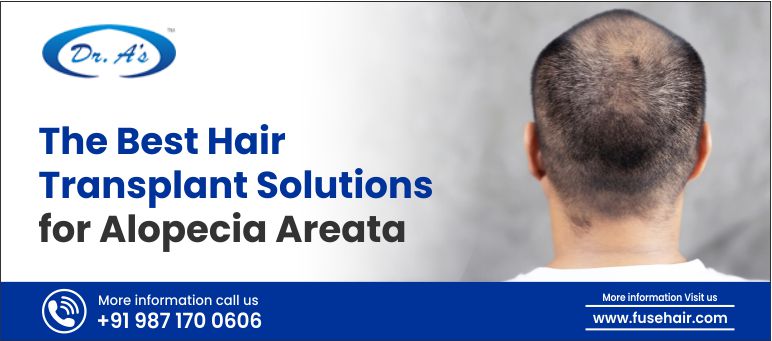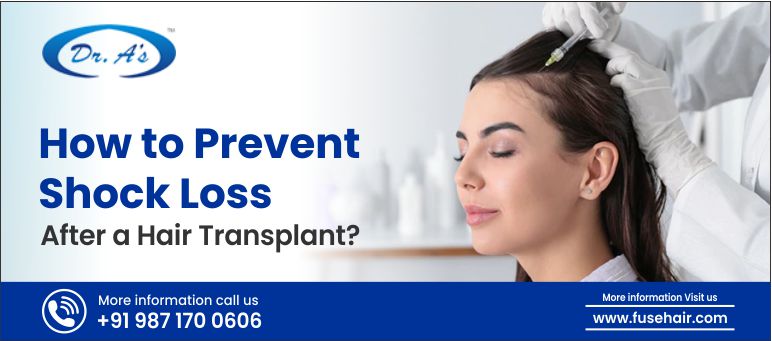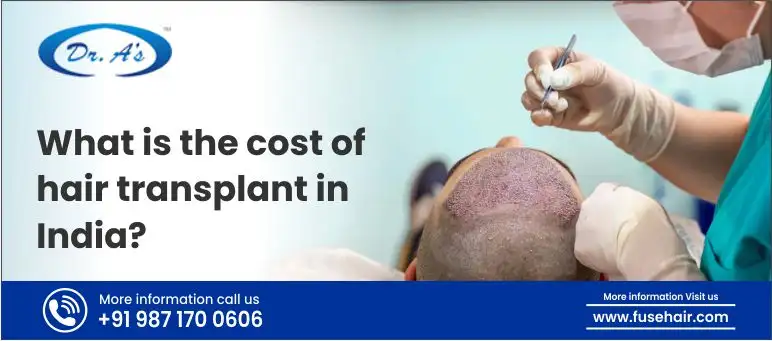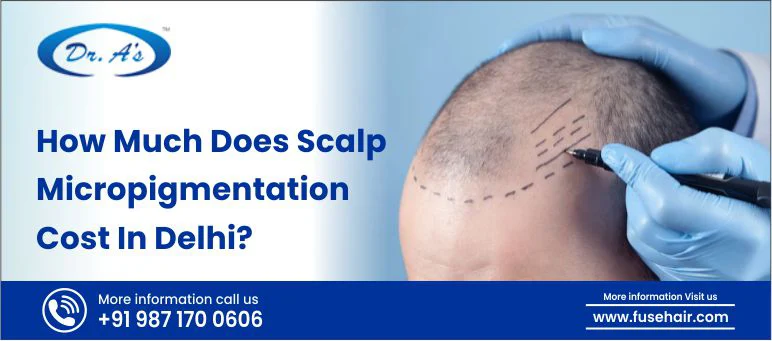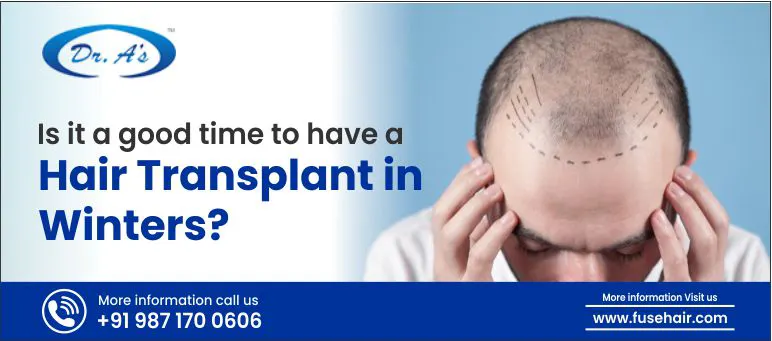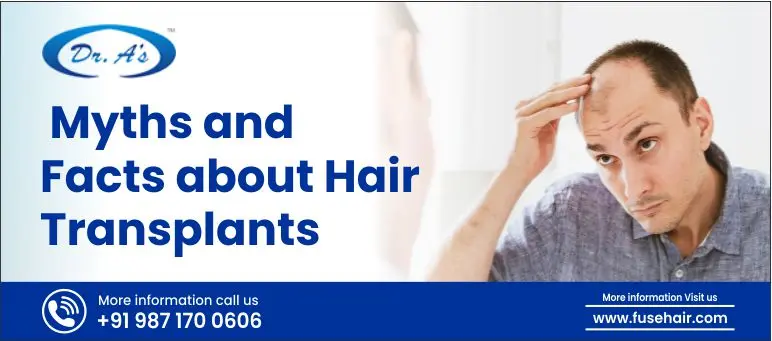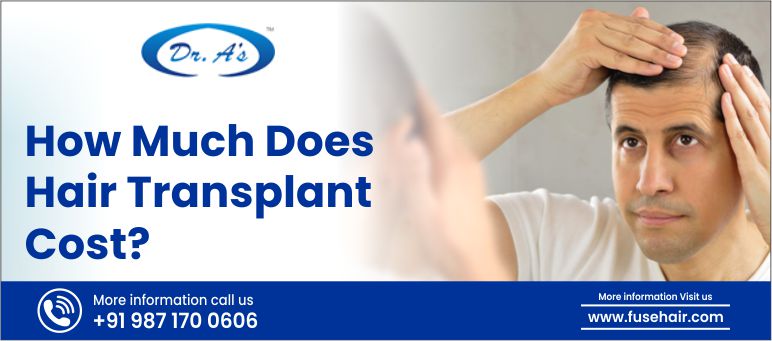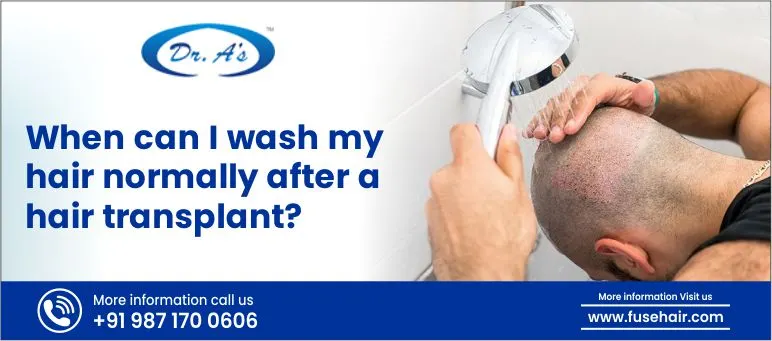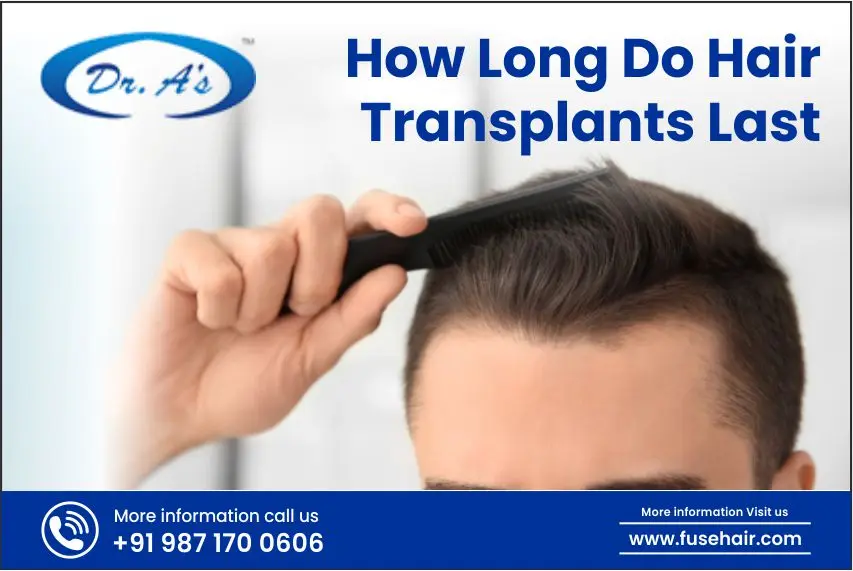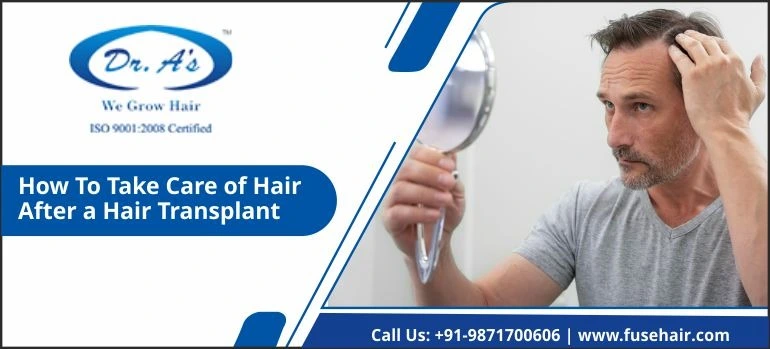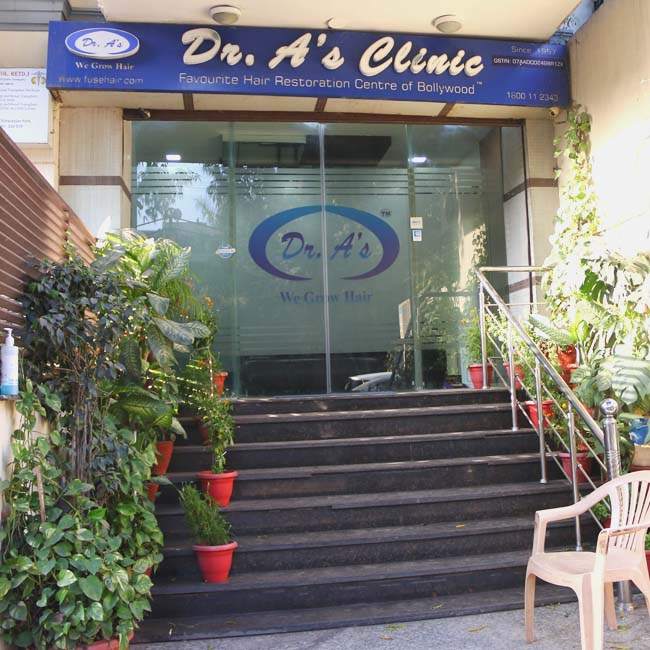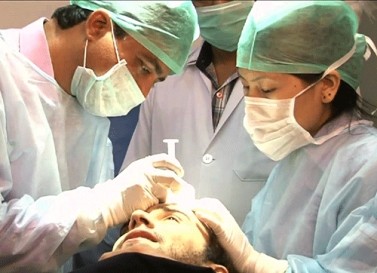
As a fashion accessory and a general-purpose protection against both the sun and cold, caps are very popular. Yet wearing a cap too many times may produce the opposite effect, being harmful to your hair and scalp. Though a cap may protect your hair against the environment, it may also have several adverse effects on your hair. Those demerits include the irritation of the scalp and hair breakage.
One should be aware of the consequences of frequent use of caps on one’s hair health and how to avoid breakdowns. You can also ensure to maintain the same by visiting Dr. A’s Clinic. This article will address these adverse changes in terms of wearing a cap on hair and scalp health.
How Wearing Caps Affects Hair and Scalp Health
The material and the design of the cap, including how long you wear it, will have an impact. A lessened supply of air to the scalp is one of the primary impacts. Wearing a cap frequently deprives your scalp of much-needed ventilation. Such airflow limitations may cause more heat and moisture to build up on the scalp, which causes sweating. Any extra moisture will provide the ideal conditions to enable the flourishing of bacteria or fungi, leading to scalp infection.
Caps can interrupt such a process because they trap the oils under the material. This can cause the hair to become oily or greasy, or lead to excessive dryness in the long run. When the oils are unable to saturate through your hair, you might also end up having split ends, frizz, and dullness. It is also possible that the cap can scrape against your hair, causing it to tangle and break.
The other issue is that a closely fitting cap may apply strain to your hair roots. The result of this strain may narrow down to hair thinning or loss, especially among already predisposed people. Being aware of the consequences of wearing a cap regularly on the hair can keep you in a better position to make better decisions on taking care of your hair.
Common Disadvantages of Wearing Caps for Hair
Here are the common disadvantages of wearing caps for hair:
-
Reduced Scalp Breathability and Sweat Build-up
The ability to breathe is less noticeable through the possible side effects of wearing a cap, but this is one of the most important. Our heads, as well as the rest of our skin, must be allowed to breathe to remain healthy. When you wear a cap, and particularly when you do it over long durations of time, your scalp lacks air circulation. This has the potential to increase heat and sweating. Too much sweating on the head may make one feel very uncomfortable, and in other instances, it may result in diseases such as dandruff or seborrheic dermatitis.
-
Potential for Hair Breakage and Frizz
The other significant negative effect of frequent use of caps is that the hair runs the risk of breaking. Any caps, simpler ones of rough texture or tight caps, may rub against your hair. This continual rubbing can weaken the hair shafts, causing split ends and breakage. Hair at the hairline and the crown, in particular, is easily damaged when stuck below a cap for too long.
Further, caps may cause frizzy hair. The rubbing ends up lifting the hair cuticle, which is the outer part of the hair. After the cuticle has been raised, it perturbs the surface of smooth-haired hair, which makes it more inclined to become frizzy.
-
Increased Risk of Scalp Irritation or Infections
A cap might put scalp irritation or infections at risk. This mixture of trapped sweat, oils, and dirt may irritate your head, leading to scalp irritation, especially when the cap is worn regularly or for even longer durations. These causes of irritability might make it itch and even flake off. Otherwise, these could develop more severe scalp problems, such as seborrheic dermatitis or scalp folliculitis. It also depends on the material used to make the material, i.e., a material that does not provide the scalp with the means to breathe, so to speak, like some factories make. Luckily, if you suffer from any infections, you can visit Dr. A’s Clinic to treat them effectively.
-
Impact on Natural Hair Oils and Dryness
The wearing of the cap also inhibits the production of natural oil on your scalp, and this can be termed as one of the worst effects of the cap’s use. These oils (otherwise known as sebum) are important in maintaining moisture and the health of your hair. These oils will stay under when you put a cap over a longer period; therefore, they cannot spread throughout the entire hair. This will end up causing greasy and weighed-down hair.
On the other hand, a cap can end up being worn excessively, thus encouraging the drying of the hair. The inability to distribute natural oils leads to dry and brittle hair, which can lead to the emergence of split ends and unhealthy hair. This may be worsened by hair caps that are designed using non-breathable materials that will result in an inability to store the moisture in your hair and thus make it structurally weak, leading to dehydration and breakage.
-
Limitations on Hair Styling and Appearance
It may also be fallacious to wear a cap and thereby restrict the capabilities of styling your hair as you want. The caps have the tendency to flatten or make the hair become compact, giving the person a difficult time retaining volume and form, especially in people with thick or wavy hair. The cap pressure may even cause the hair at the top of the head to appear flat and lifeless. Further, some of your hair arrangements, such as highly styled braids or updos, might not stay intact under a cap.
Conclusion
Caps are convenient and safe, but wearing them habitually may cause damage to your hair and scalp. Breathability issues and the accumulation of sweat, hair breakage, scalp itch, etc. There may be considerable drawbacks to putting on caps.
In order to care about your hair, it is necessary to take care of both your hair and scalp by visiting renowned clinics like Dr. A’s Clinic. In this way, you will reduce the adverse impact and have healthy hair and a scalp.

